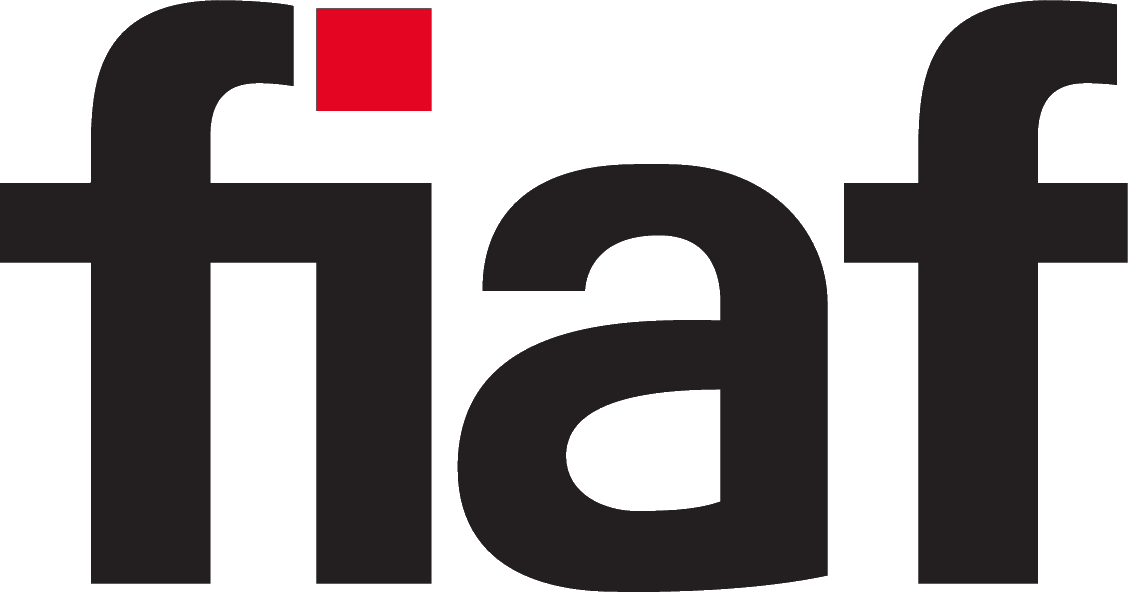 1957 FIAF Congress in Vence (France).
1957 FIAF Congress in Vence (France).
Key Historical FIAF Personalities
This webpage will help you (re-)acquaint yourself with some of the personalities who have shaped the history of FIAF and the film archive movement. This list includes all past and present FIAF Honorary Members, as well as other major figures who are recognized as having played an active and important role in the life of the FIAF community over a significant period of time.
You can also familiarise yourself with these personalities by playing our Memory Game of FIAF's Historical Personalities.
Biographies written by Christophe Dupin.
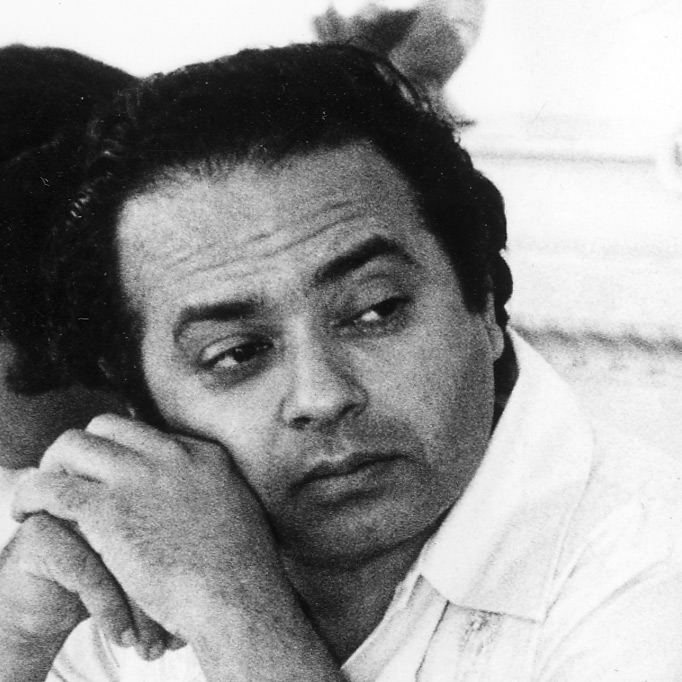
Cosme Alves Neto was a Brazilian film scholar and the Director of the Cinemateca do Museu de Arte Moderna (MAM) in Rio de Janieiro from 1965 to his premature death in 1996. During the many years of Brazilian military dictatorship, the Cinemateca was both a cultural refuge and a centre of resistance. At FIAF, he was a great ambassador of Brazilian and South American cinema. He was a popular figure at FIAF Congresses for many years, and a member of the FIAF Executive Committee in the late 1970s and early 1980s. He died on the same day as Gene Kelly, star of Singin' in the Rain, one of his favourite films.

Michelle Aubert (known as Michelle Snapes from 1965 to the late 1980s) has to her credit a long and distinguished career supporting the conservation, restoration and promotion of films and non-film archives, having worked for two historical Members of FIAF: first, the British Film Institute, where she was an indexer in the Information Department (1969-1974), then Head of the Stills Department (1975-1985), and finally Deputy Curator at the National Film Archive (1986-1989); then, the Archives françaises du film (CNC) in Bois d'Arcy, where she worked as Curator until her retirement in 2007. The passion and determination she showed in these two key film heritage institutions has also guided the impressive work she accomplished within FIAF over three decades. In the early 70s, she was one of the initiators of the Periodicals Indexing Project (P.I.P.). She was later a very active Head of the Documentation Commission from 1988 to 1991, before joining the Executive Committee that year. She was President of FIAF from 1995-1999. She received a FIAF Honorary Membership in June 2016, a few months before she passed away.
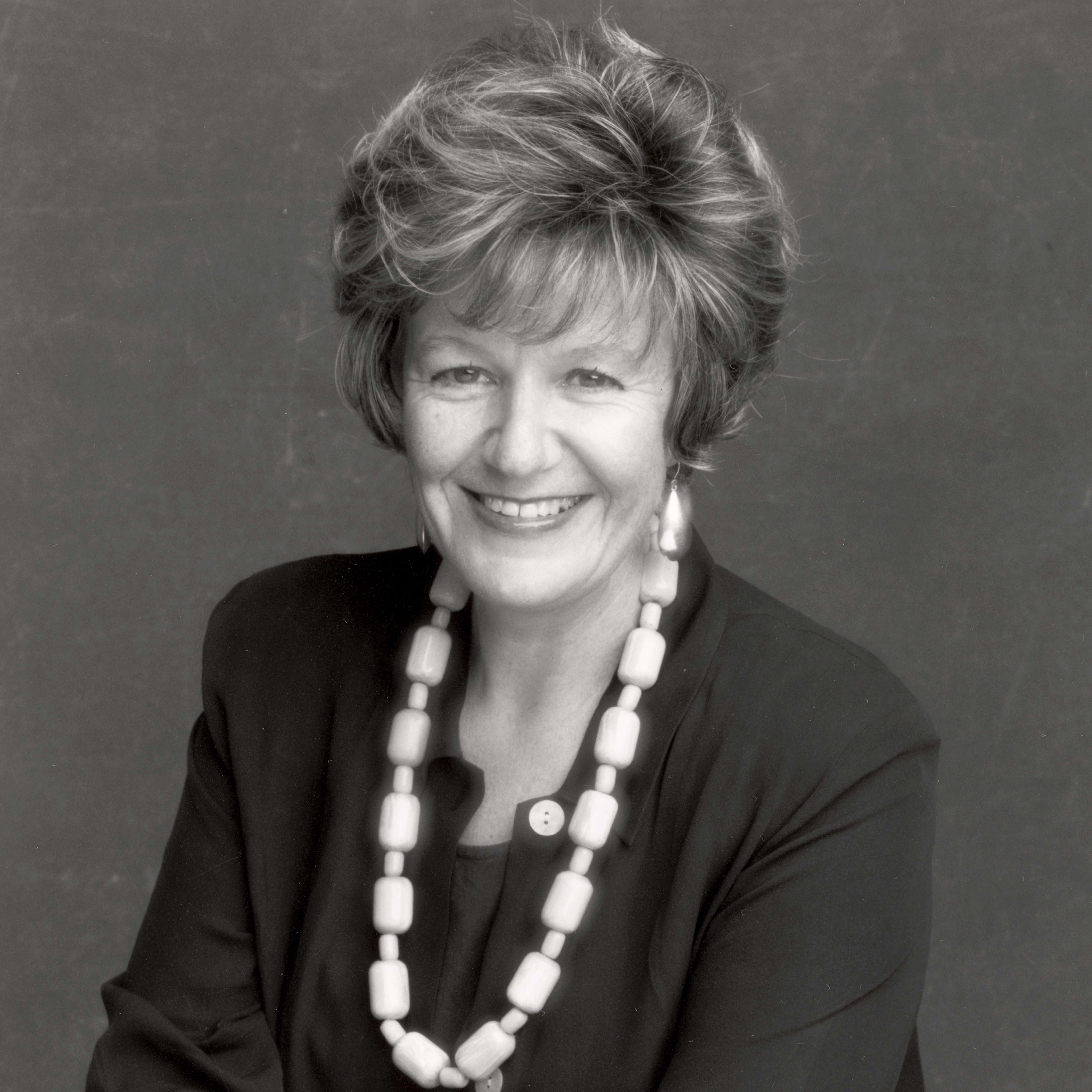
Mary Lea Bandy led the Museum of Modern Art's Film Department for a quarter of a century (1980-2005). In the words of her colleague Charles Silver, "this provided a stability that had not existed since the tenure of Iris Barry, the founder and first head of what was then called the Film Library".
Born in Illinois in 1943, Mary Lea Bandy studied art history at Stanford before moving to New York to pursue graduate studies at Columbia University. She joined MoMA's Publication Department as Associate Editor in 1973, after having worked as assistant editor for a publisher specialized in art-history books. She became administrator of MOMA's Film Department in 1978 and was appointed Director of the Department two years later. She was its Chief Curator from 1994 until her retirement in 2005. Under her leadership, the Department expanded significantly. She presided over the opening of MoMA's Celeste Bartos Film Preservation Center in Hamlin, Pennsylvania in 1996. She persuaded many filmmakers to donate prints of their films to the Museum's collections, organized innumerable exhibitions and retrospectives, and oversaw the publication of a number of monographs and catalogs.
Mary Lea Bandy was also active on the international stage. Over her 25-year leadership of MoMA's Film Department, she established many lasting relationships with individuals and institutions worldwide, both within FIAF and beyond. She oversaw the organization of the 1985 FIAF Congress in New York. She was a member of FIAF's Executive Committee from 1995-2001, and FIAF Treasurer from 1997-99. In 2001, she presented the first FIAF Award to Martin Scorsese in New York. She was elected FIAF Honorary Member during the Tokyo Congress in 2007.
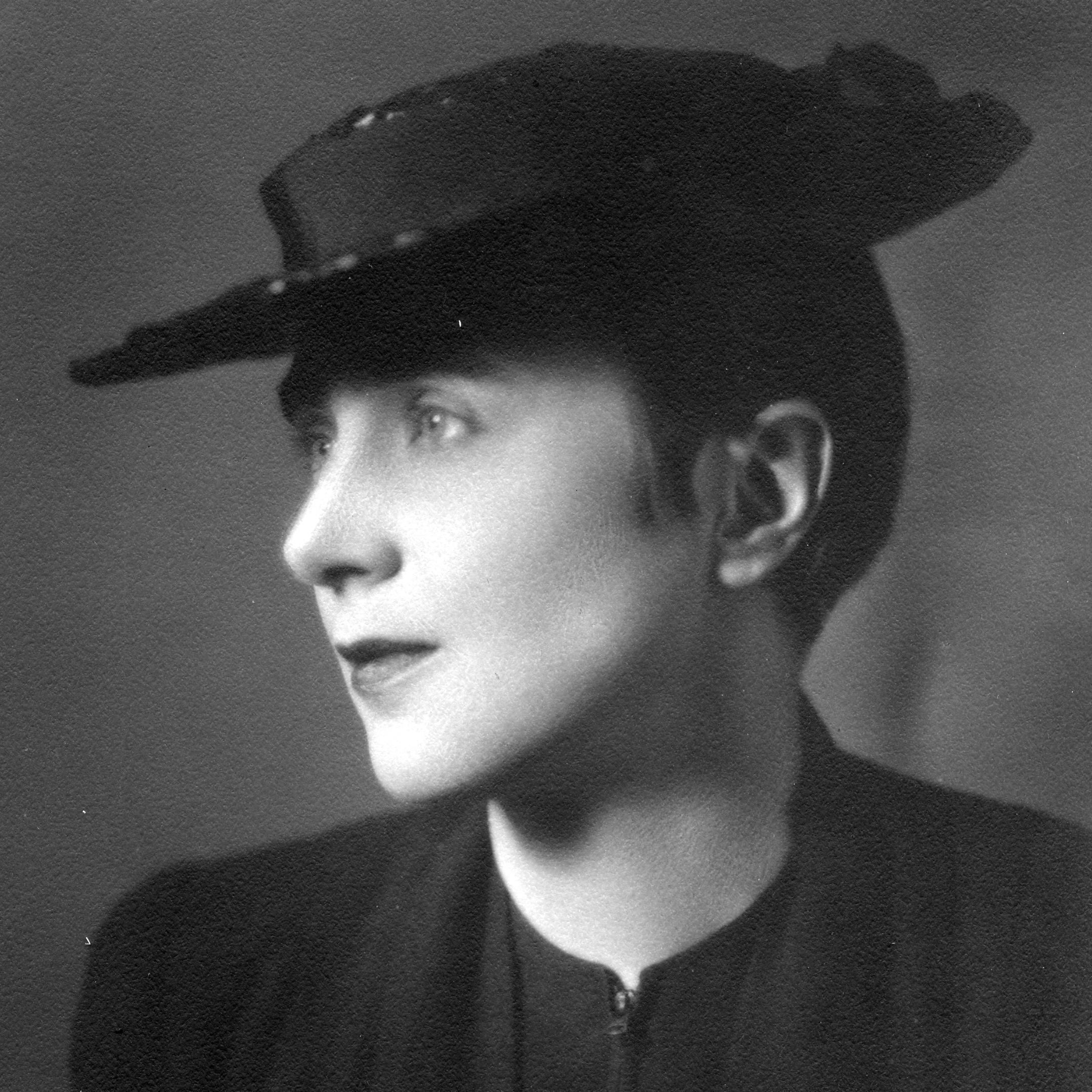
England-born Iris Barry was a film critic for The Daily Mail, and one of the founders of London's Film Society in 1925, before she moved to New York in 1930. There she established, with her then husband John Abbott, the MoMA Film Library in 1935 – he became its Director, she its Curator. During a key trip around Europe in the summer of 1936, she established contacts with other several of the very first European film archivists, with whom she would found FIAF in Paris two years later. She resumed contacts with her European counterparts at the end of the war, and was elected Founding President of FIAF in 1946 (and would later be referred to as "Honorary President"). She retired from MoMA in 1950 and moved back to Europe, but still represented the Museum at FIAF congresses until the mid-1960s. In 1950 she settled in Fayence, in the South of France, where she lived until her death in Marseille on 22 December 1969.
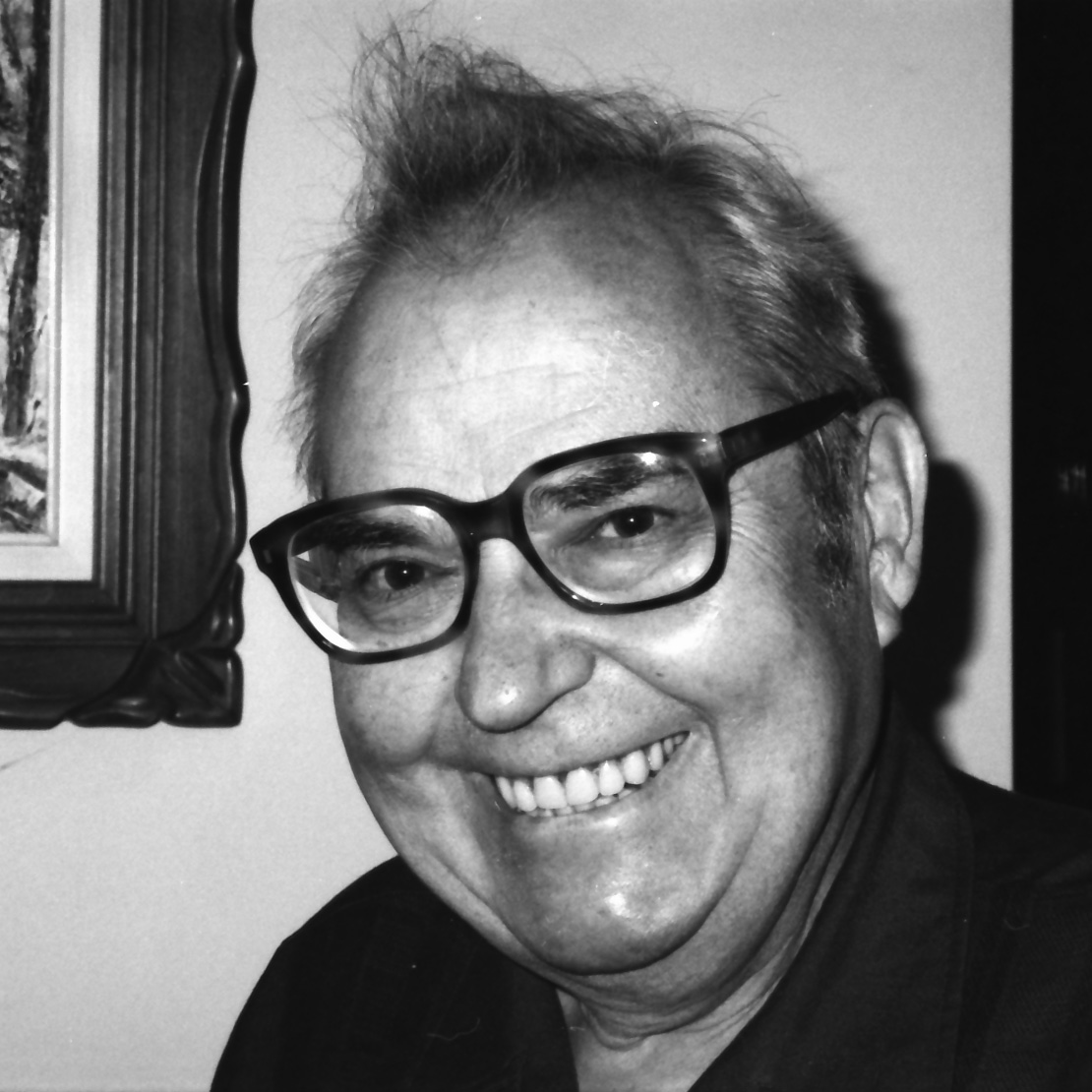
Raymond Borde was the founder of the Cinémathèque de Toulouse. Film critic for Les Temps modernes (1954-1961), member of the editorial board of Positif (1954-1967), then of Cahiers de la cinémathèque (from the 1970s) and of Archives (created in 1986), he published numerous books on cinema, reflecting the wide variety of his personal interests (burlesque, animation, film noir, social cinema...). Close to the surrealist movement, a member of the Communist Party (he was excluded in 1958 following the publication of an article on "The End of Stalinism"), an anti-colonialist activist (he opposed the Algerian War and signed the Manifesto of the 121 in 1960 on the right to insubordination), he was a supporter of politically-committed cinema.
A leader of the Ciné-Club de Toulouse in the 1950s, Raymond Borde officially founded the Cinémathèque de Toulouse in February 1964. It joined the FIAF the following year, which marked the end of relations between Raymond Borde and Henri Langlois, the founder of the Cinémathèque française, who had broken off with the FIAF in the early 1960s.
Curator (1964-1981) then President (1982-1990) of the Cinémathèque de Toulouse, he also played an important role in the global film archive community for a quarter of a century, as a continuous member of the FIAF Executive Committee from 1966 to 1991 (he occupied the posts of Vice-President, Secretary-General, and Treasurer of the Federation). He also published one of the most comprehensive books on the first fifty years of the film archive movement, Les Cinémathèques, in 1983. He was elected FIAF Honorary Member during the 1998 FIAF Congress in Prague.
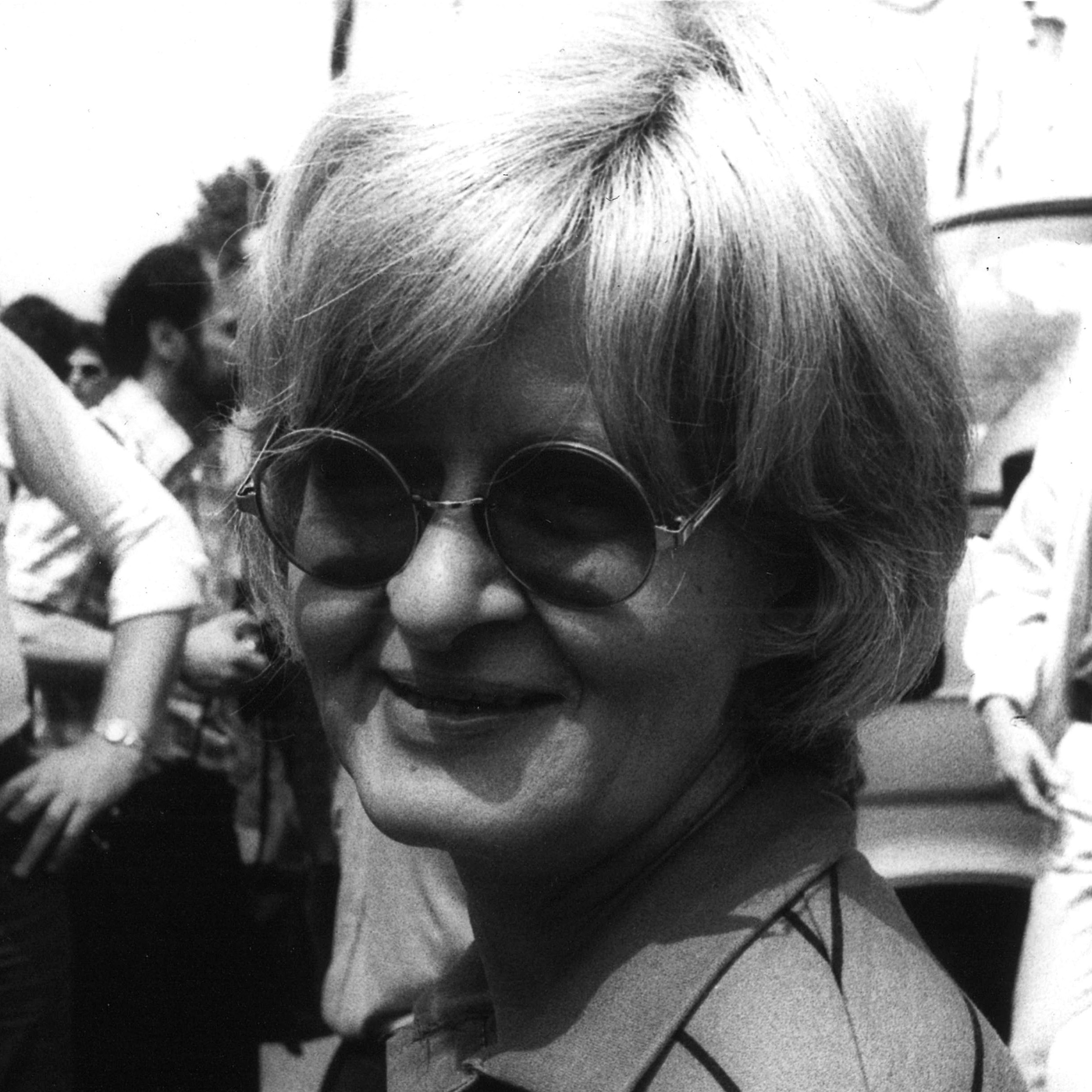
A distinguished film archivist and historian, and one of the key FIAF personalities from the late 1960s onwards, Eileen Bowser had a long and distinguished career at New York's Museum of Modern Art, which she joined in 1955. She retired from the Film Department in January 1993, having been its Film Curator for over twenty years. She then continued to teach at New York University and work on her own research and writing for a number of years.
She served FIAF in many capacities over four decades. She was a continuous FIAF Executive Committee member from 1968 to 1991, and FIAF's Vice-President from 1977-85. She joined the FIAF Documentation Commission when it was created in 1969 and was its President (as that position was then called) from 1972 to 1981. She also took a key part in the organization of various FIAF historical symposia in the 1970s and 80s (including the famous 1978 Brighton Symposium on “Cinema 1900-1906” and the Slapstick Symposium in 1985 in New York), and co-edited A Handbook for Film Archives with John Kuiper (FIAF, 1980 and Garland, 1991). She was a member of the Editorial Board of the FIAF Bulletin/Journal of Film Preservation from its very beginning in the early 1970s to her death nearly 50 years later, and wrote many articles for it over the years (her last one was John Kuiper's obituary in 2017). She was elected FIAF Honorary Member on 31 May 1993, during the last FIAF Congress she ever attended, in Montevideo. Since 1968, she had only missed one - the 1989 Lisbon Congress - because she broke her arm on her way to the airport. She remained in close contact with the FIAF office until her passing in 2019.
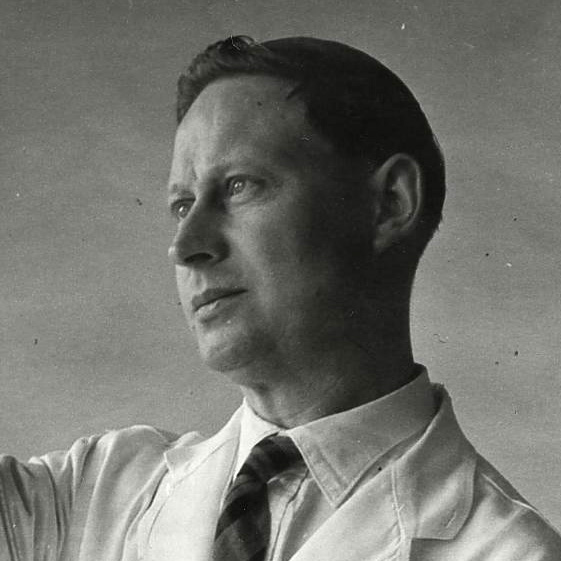
Harold Brown joined the British Film Institute in 1935, aged 15. From then to his retirement from the BFI 49 years later, he devoted his entire career to the rescue and preservation of the world's film heritage. One of the very first technicians in the new field of film archiving, he was Preservation Officer (later Chief Preservation Officer) of the National Film Library (from 1955 National Film Archive, today BFI National Archive) under Ernest Lindgren's leadership, and a member of FIAF's Preservation Commission from the late 1960s. Many of the fundamental preservation policies and practices within FIAF have resulted from his original research and recommendations. He wrote or edited a large number of papers and chapters in FIAF technical publications, and notably in the field of film identification. In 1991, FIAF published his seminal Physical Characteristics of Early Films as Aids to Identification, with a new, expanded edition released in 2020. He was also a tireless teacher of archive technical practices, providing advice to many archivists in developing countries, and teaching in film archives around the world long after his official retirement.
He was awarded a MBE (Member of the Order of the British Empire) in 1967, was made an Honorary Fellow of the British Kinematograph, Sound and Television Society in 1984, received the Jean Mitry Award at the Giornate del Cinema Muto in Pordenone in 1987, and was elected FIAF Honorary Member in 1992.
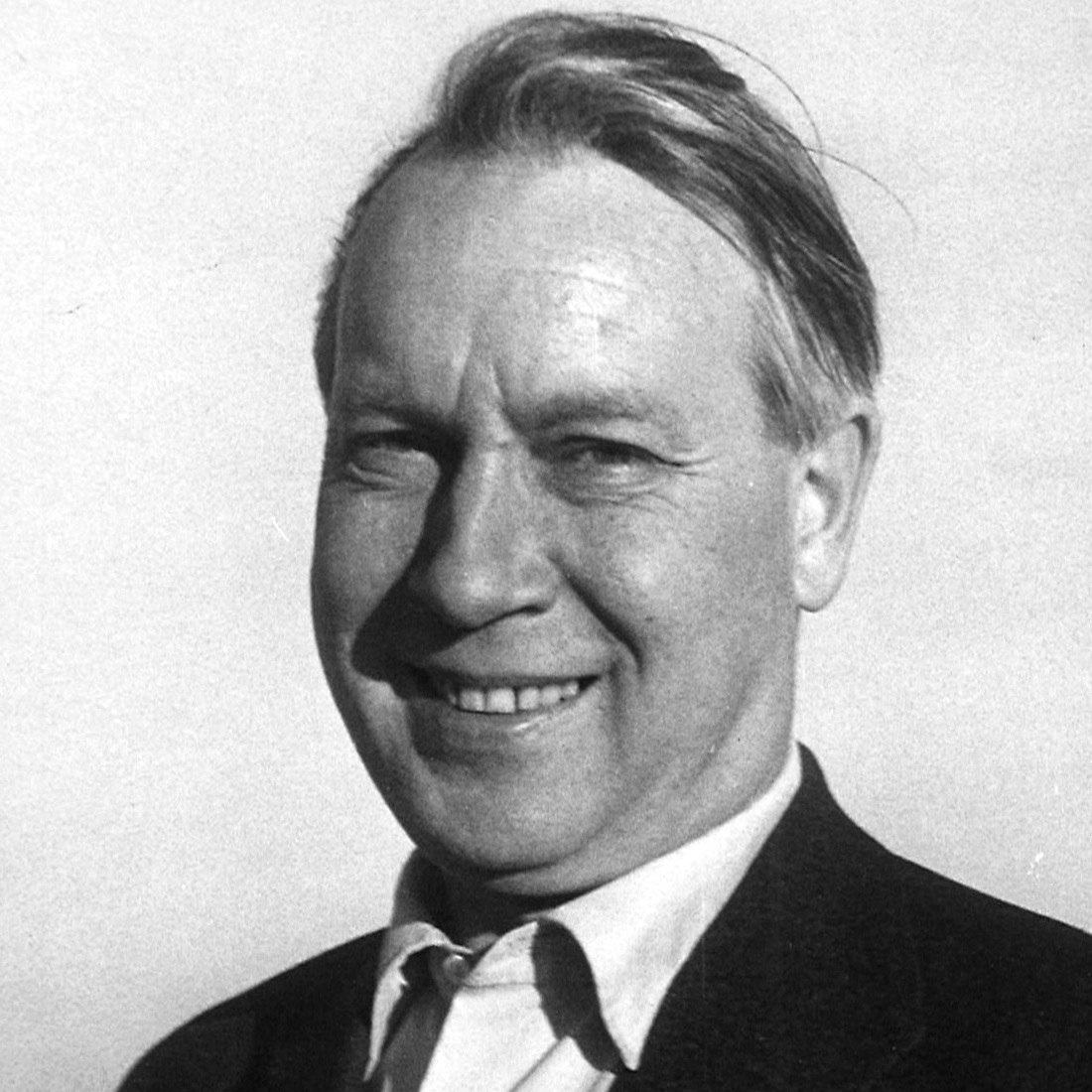
Ove Brusendorff was the founder, in 1941, of Denmark's film archive (first a modest Department of Dansk Kulturfilm, then the Danske Filmmuseum), and its director until 1960, when he was succeeded by Ib Monty. He also played an active role in FIAF from the moment the Danske Filmmuseum was admitted as a FIAF member in 1948, a year when he hosted the second post-war FIAF Congress. He served as FIAF Treasurer from 1948 to 1952, and as Honorary Vice-President from 1956 to 1960. In 1960, he took over a cinema in Copenhagen and transformed a shabby second-run cinema into one of Copenhagen's most exciting art-house cinemas. He remained a member of the Dansk Filmmuseum’s Board for a number of years. He also published and authored a number of histories and anthologies of eroticism.
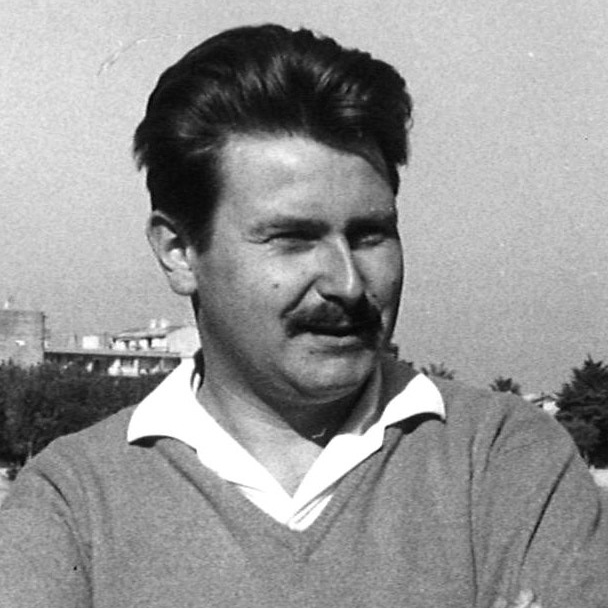
Freddy Buache was a film critic and film historian, and Director of the Cinémathèque suisse from 1951 to 1996, although he had started collaborating with the institution from its founding in 1948. He was actively involved in FIAF from the early 1950s. He hosted the 1954 Congress in Lausanne, joined the Executive Committee in 1955 and served as FIAF Treasurer in 1957-58. When Henri Langlois and the Cinémathèque française left FIAF in the early 1960s, Buache followed suit. The Cinémathèque suisse was re-admitted as a FIAF member in 1972 and Buache hosted the 1979 Congress. He was elected FIAF Honorary Member in April 2018, and a year later was a guest of honour of the third FIAF Congress held in Lausanne, a few weeks before he passed away.
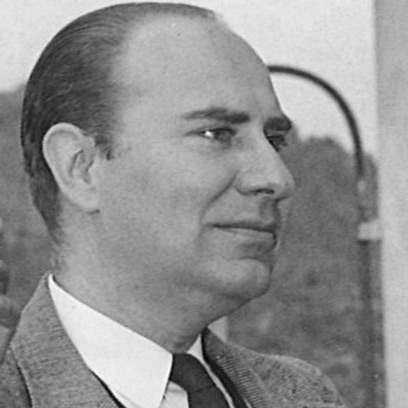
James Card joined the staff of the newly created George Eastman House (now George Eastman Museum) in November 1948, as Assistant Curator in charge of Motion Pictures. From then until his retirement in 1977, Card led its Motion Picture department, where he built a world-renowned film collection. His relationship with FIAF, which the George Eastman House joined during the 1952 Congress in Amsterdam, was not always an easy one. Card attended three FIAF meetings (1953, 1958, and 1960) and he sat on the Executive Committee from 1953-55 and 1958-60 (and served twice as Vice President). However, in 1955 he announced the George Eastman House's resignation from FIAF (although it seemed to reintegrate it shortly afterwards), and in the early 1960s, Card supported Langlois in his dispute with FIAF. The George Eastman House was finally excluded from the Federation in 1964, after failing to pay its membership fee for three consecutive years. It would be not be readmitted as a full member of FIAF until 1978, a year after Card's retirement.
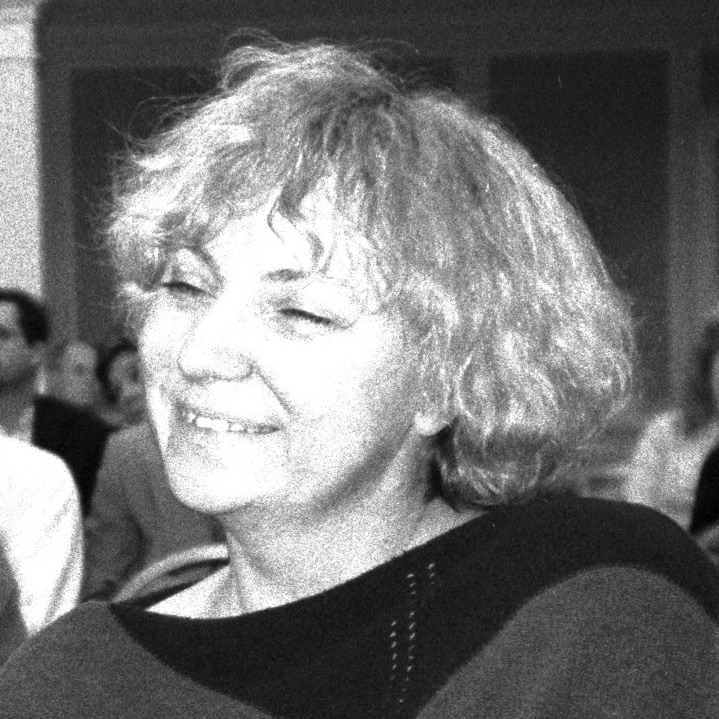
Gabrielle Claes was the Curator [Director] of the Cinémathèque royale de Belgique, where she succeeded Jacques Ledoux, from 1989 to 2011. She had first joined the documentation department of the Cinémathèque in the 1970s, before working in film production and distribution for a while. She came back to the Cinémathèque in 1979 to lead the Musée du Cinéma (the Cinémathèque's cinema). At the time of her appointment in 1989, she was Deputy Curator in charge of the Musée du cinéma. Claes was actively involved in the FIAF Programming and Access to Collections Commission (PACC) in the 1990s, and was a FIAF Executive Committee member from 1995-99. She was also one of the founders of the ACE (Association des cinémathèque européennes) in the 1990s, and was its first President.
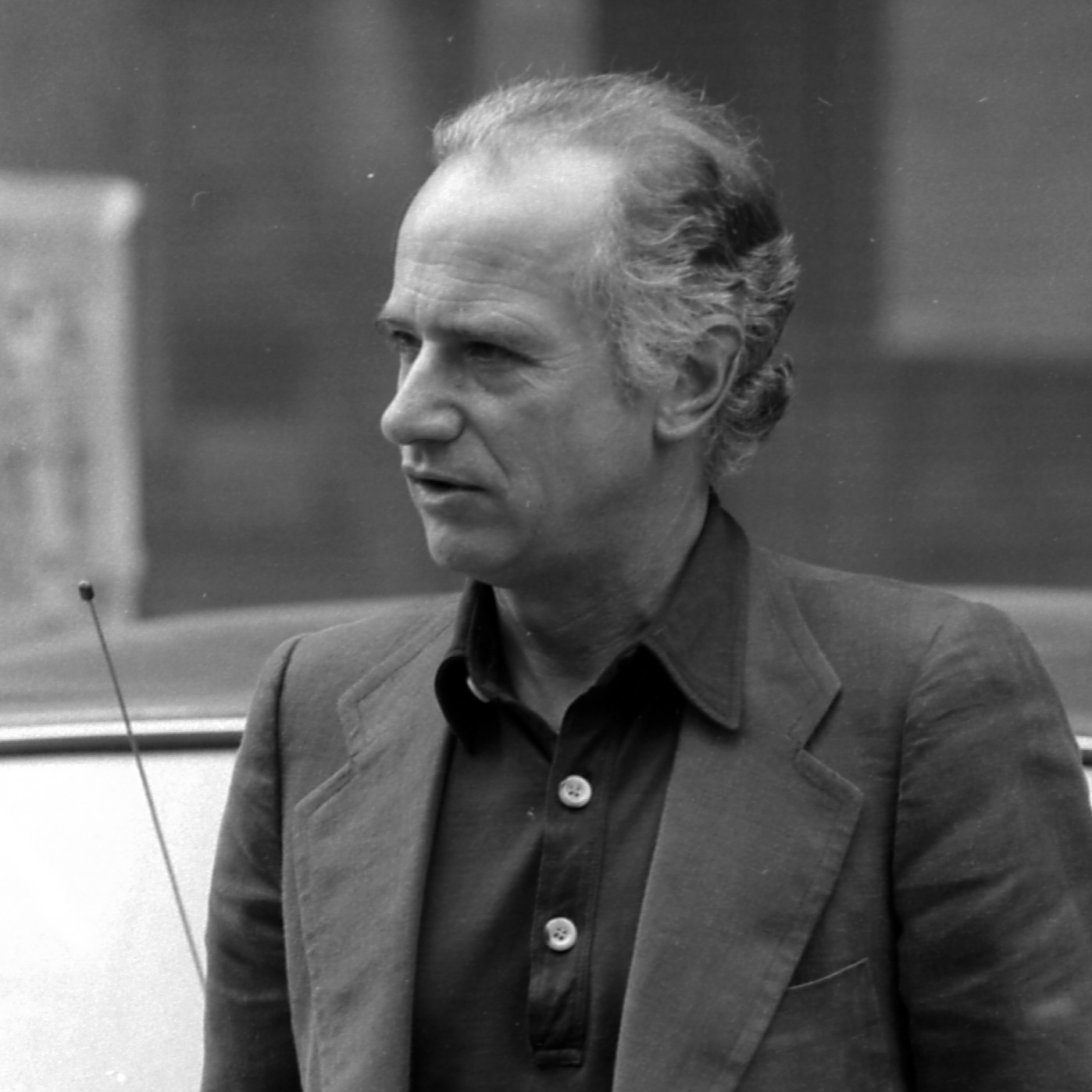
Gianni Comencini, together with his older brother Luigi and Alberto Lattuada, helped established the Cineteca Italiana in 1947 (although it was legally constituted that year, it had existed since 1935 under the names of Cineteca Milanese or Cineteca Mario Ferrari). He was appointed Secretary General of the Cineteca in 1949 and remained in that post for over 40 years, working in tandem with the Curator Walter Alberti for most of that period. In 1994, after Alberti’s death, he became Curator and was one of the promoters of the transformation of the Cineteca into a Foundation, of which he was appointed President in the late 1990s. He first FIAF Congress was that of Copenhagen in 1948, during which he was elected "Second Vice President". His last, 55 years later, was in Helsinki, when he was elected FIAF Honorary Member.
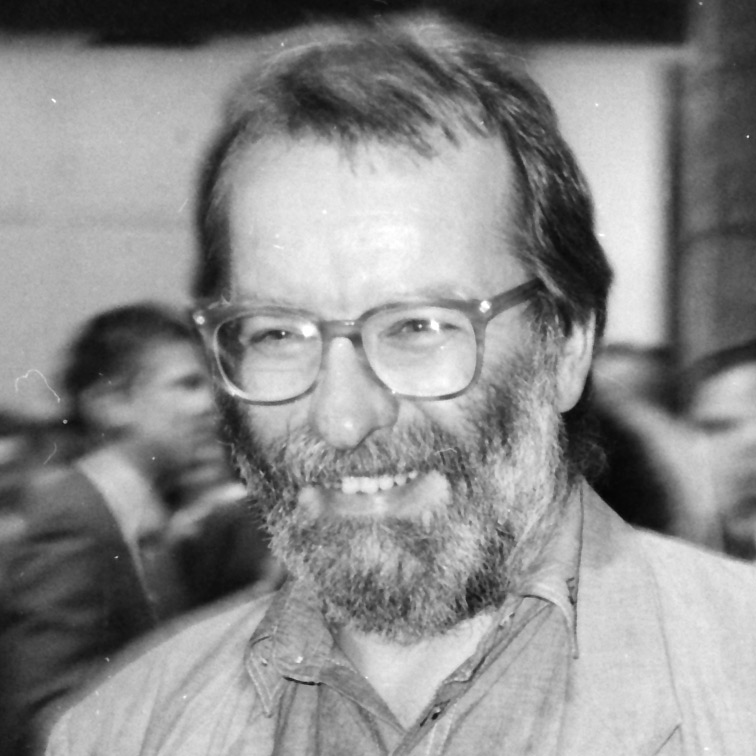
Director of the Cinémathèque québécoise from 1972 to 2002, Robert Daudelin also played an essential role on the international scene for nearly three decades, through his active involvement in the life of the FIAF community. He joined the Federation's Executive Committee in 1974, and served on it almost continuously until 2001. He was Secretary-General (1979-85) and later President of FIAF (1989-1995). He was also very involved in the development of the FIAF magazine (FIAF Bulletin, then Journal of Film Preservation). A member of its Editorial Committee since 1978, he was editor-in-chief from 1997 to 2011, as well as one of its most prolific writers. He was elected Honorary Member of FIAF in 2003.
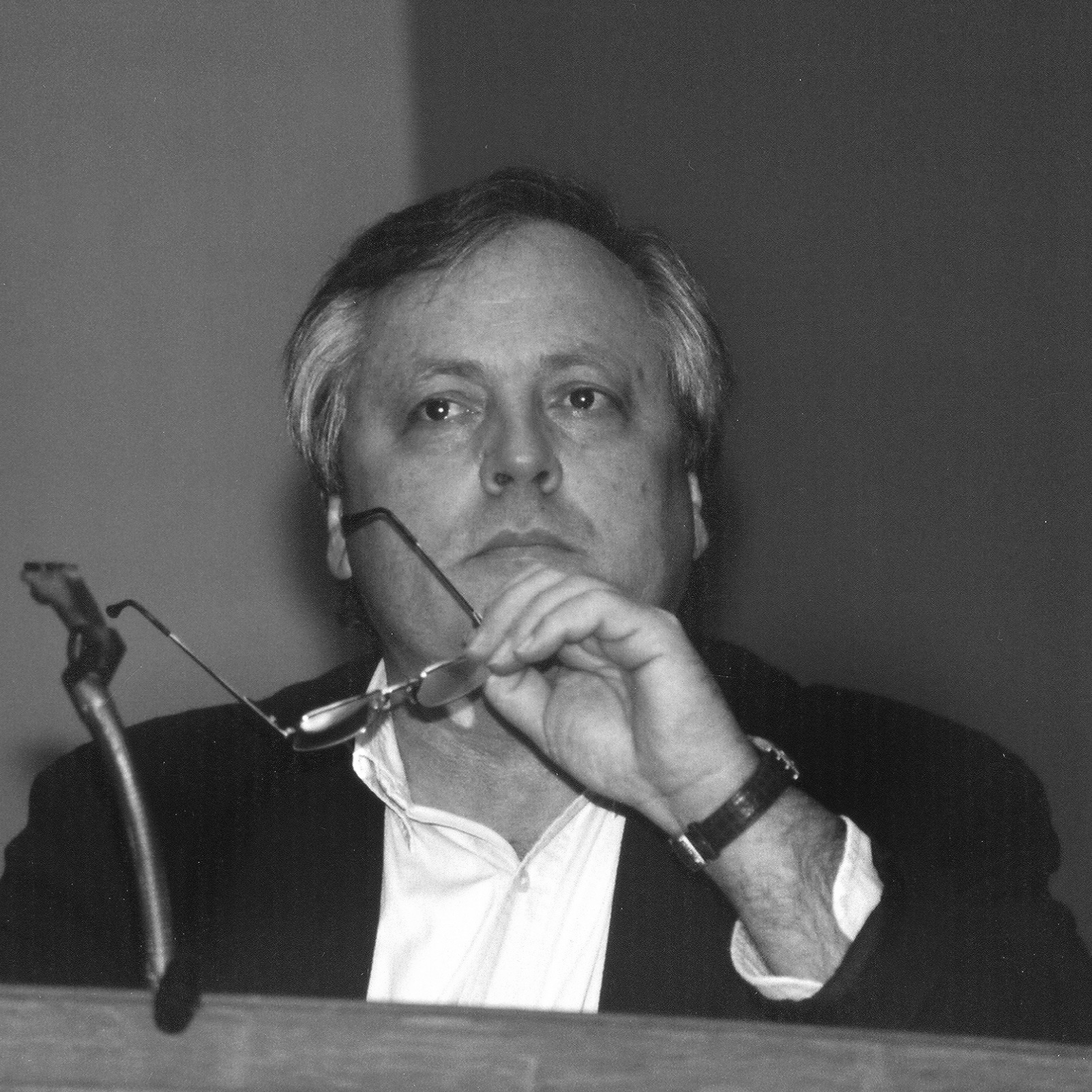
Christian Dimitriu was Assistant Director of the Cinémathèque suisse (1981 to 1992) and later Senior Administrator of FIAF in Brussels (1995 to 2011). Born in 1945, he grew up in Buenos Aires. On leaving school he started studying at Lausanne University in 1964, receiving a degree in economy in 1968. His subsequent interests led him to the social sciences (and the cinema). He also ran the university film club in Lausanne, shot his first film and was a frequent attendee of festivals – notably Cannes. Following a five-year interlude in Argentina, he returned to Lausanne where he finished his studies in cinema and social sciences in 1976 and carried out research for the newspaper La Suisse in 1980. In 1981, when the Cinémathèque suisse moved to the Casino de Montbenon, he was taken on by Freddy Buache, with whom he was to collaborate for eleven years. Starting off as assistant to Buache, he became Assistant Director of the institution in 1983 and from then on played an increasingly important role in the development of this institution that found a renewed vigour in its new home.
He started attending FIAF annual congresses in 1983, when Buache decided to let him represent the Cinémathèque suisse on the international stage. He was elected to the Federation's Executive Committee in 1989 and became Vice-President in 1991.
After leaving the Cinémathèque suisse in 1992, he carried out several missions for UNESCO in various countries of Africa and Latin America, where he helped implement policies regarding the preservation of audiovisual heritage. In 1995 he was hired as Senior Administrator of FIAF in Brussels, a position he was to occupy up to his retirement in 2011. During this time, the number of archives affiliated to the Federation increased from 111 to 151. He put much effort into the integration of archives from Latin American countries into the world rank. He was also responsible for the publication of the Journal of Film Preservation from 1998 to 2011. The 2012 General Assembly in Beijing elected him Honorary Member of FIAF, in recognition of his impressive work record during the 15-year stint as head of the FIAF Secretariat. He attended one more FIAF Congress, in Skopje in 2014. He passed away two years later, as his contribution to the field was celebrated during the FIAF General Assembly in Bologna in June 2016. A new annual Fund providing assistance to FIAF affiliates who may otherwise be unable to attend FIAF Congresses due to financial constraints was named after him a year later.
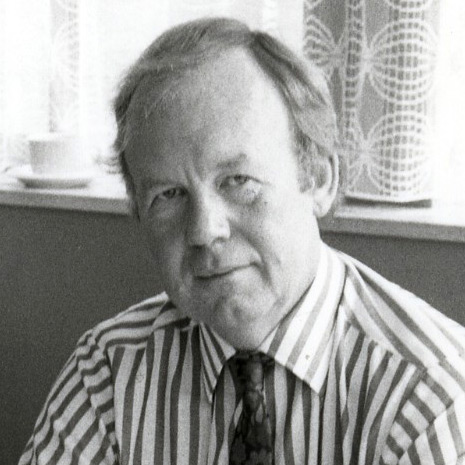
David John Francis first joined the BFI's National Film Archive in 1959, when he was appointed Television Acquisitions Officer by Ernest Lindgren. He left to work for the BBC in 1965, and came back in 1974 as the archive's Curator, a year after Lindgren's death. Between 1974 and 1989, he initiated an ambitious 24-year plan to duplicate decaying nitrate film, oversaw the building of the archive's J. Paul Getty Jr Conservation Centre in Berkhamsted, and was one of the leaders of the team behind the Museum of the Moving Image the Museum of the Moving Image in London. He went on to become the Chief of the Motion Picture, Broadcasting and Recorded Sound Division at the Library of Congress (1991-2001).
He sat on the FIAF Executive Committee from 1977-1993, and served as Vice-President from 1979 to 1985. In 1978, he hosted the FIAF Congress in Brighton and oversaw the organization of it famous symposium "Cinema 1900-1906". He was elected FIAF Honorary Member in 2001. He is currently the co-curator, with his partner Joss Marsh, of the Kent Museum of the Moving Image in the village of Deal.
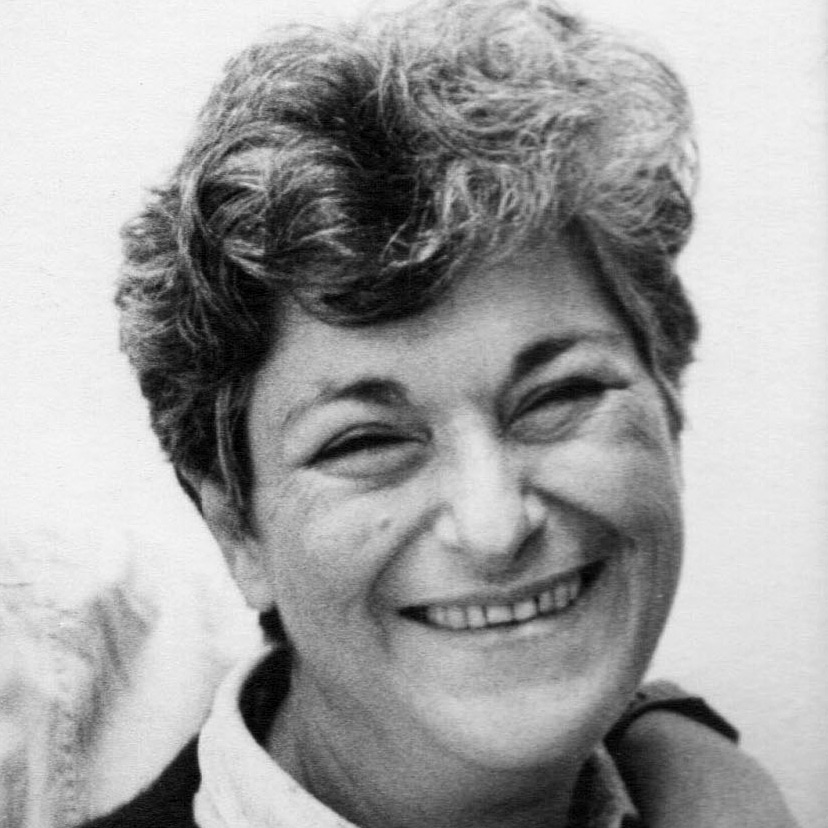
Maria Rita Galvão was involved in the Cinemateca Brasileira from the mid-1970s. She soon became its Director, and then the President of the reconstituted Cinemateca in 1987. She was introduced to the FIAF community at the 1979 Congress in Lausanne. She was a member of the FIAF Executive Committee (1987-91) and FIAF Vice-President (1991-93). She was an influential figure among the archives of the Coordinadora Latinoamericana de Imágenes en Movimiento (CLAIM), a network which she helped create, and carried out important research on the history of Brazilian cinema and on the situation of film heritage in Latin America.
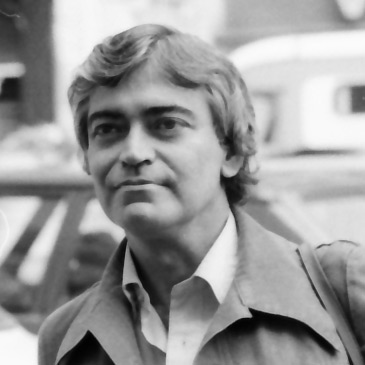
Héctor García Mesa was the founder and the director of the Cinemateca de Cuba from 1960-1990, and a key spokesperson for Latin American cinema and film archives for three decades. The Cinemateca de Cuba was admitted as a Full Member of FIAF during the 1963 Belgrade Congress, which he attended. He joined the FIAF Executive Committee in 1983, and was Vice-President from 1985. That year, he participated in the creation of the Coordinadora Latinoamericana de Archivos de Imágenes en Movimiento (CLAIM). His life was cut short in September 1990, at the age of 59, after he had been falling seriously ill a few weeks before the 1990 Congress in Habana, a Congress he had exhausted himself organizing. Various tributes were paid to his unique contribution to the field of film archiving in the Journal of Film Preservation on the 20th anniversary of his death, in 2010.
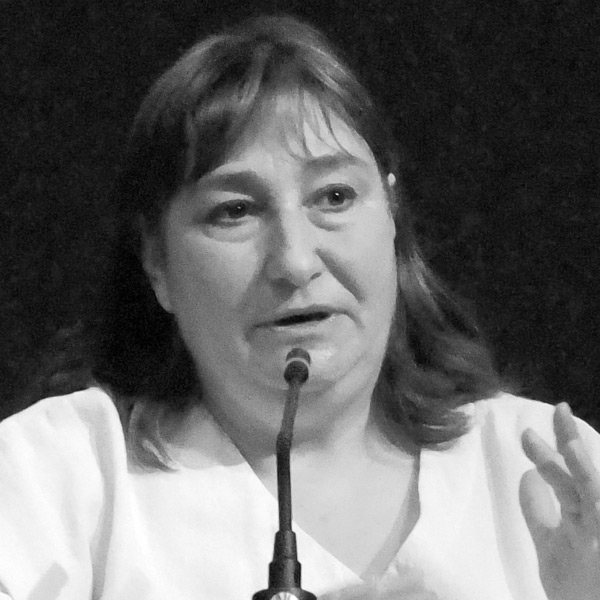
Nancy Goldman joined the Pacific Film Archive Library as Public Service Assistant in 1980, after obtaining a Master of Library and Information Science from the Berkeley School of Library and Information Studies. She was appointed Head of the Film Library & Study Center at the Pacific Film Archive (now UC Berkeley Art Museum and Pacific Film Archive) in 1982 and remained in that post until her retirement in 2019.
She joined the FIAF Cataloguing and Documentation Commission in the 1990s, and served as its Head from 1999 to 2015 (she remained its Deputy Head until 2019). In that capacity, she initiated and led for many years the Commission's project of revising and updating the FIAF Cataloguing Rules, which resulted in the publication of The FIAF Moving Image Cataloguing Manual in 2016. She also supervised the development of Treasures from the Film Archives, FIAF's database of silent-era films, and edited FIAF's International Directory of Film and Television Documentation Collections. She has taught seminars on film research methodologies and film cataloguing at institutions such as UC Berkeley, San Jose State University, and George Eastman House, and at various FIAF training events.
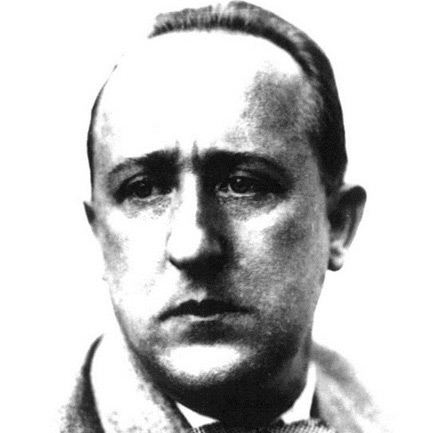
Frank Hensel was, as the representative of the Nazi regime's Reichsfilmarchiv in 1938, one of the founders of FIAF in May-June 1938 in Paris, along with Iris Barry and John Abbott (MoMA Film Library), Henri Langlois and Georges Franju (Cinémathèque française), and Olwen Vaughan (BFI). He had become a member of the National Socialist party in 1928, and worked for the Propaganda Ministry in the early 1930s. There, he made several propaganda films for the new regime. He served as Director of the Reichsfilmarchiv (created in January 1934 and inaugurated February 1935) from 1935 to 1937. From then on, he was the archive's official international representative.
He attended the first FIAF Congress in New York in July 1939, where was elected President of FIAF for one year. He was due to host the following Congress in Berlin but FIAF officially stopped its activities a few months after the declaration of war in September 1939. Hensel, who was based in Paris after the German invasion of France in June 1940, nevertheless continued to assume the position of FIAF President for several years, with George Franju still active as FIAF Executive Secretary under his authority. Hensel met Langlois on several occasions and is said to have helped the Cinémathèque française save most of its film collections during the war. After the war he was imprisoned for several years in a camp in Darmstadt for his association with, and activities for, the Nazi Party and the SS.
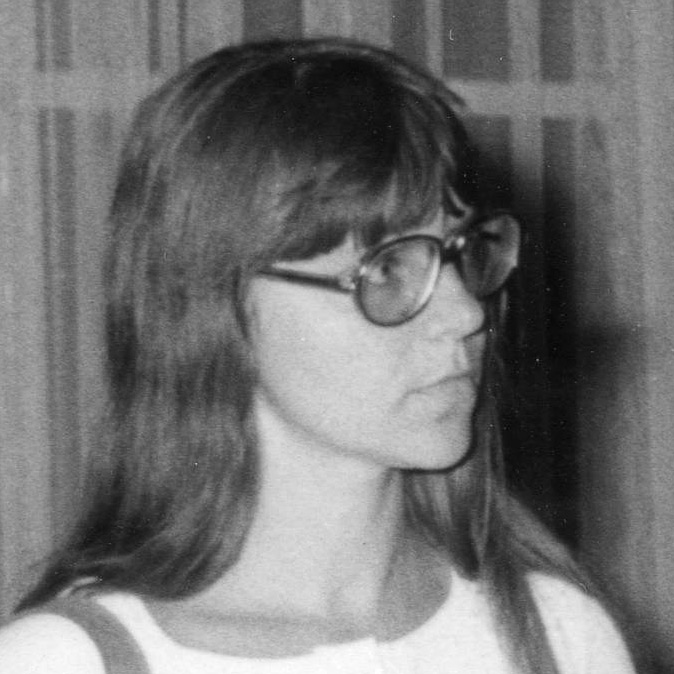
In the early 1970s, Karen Jones, then Head of Documentation at the Danish Film Museum and Vice-President of the FIAF Documentation Commission, played a key role in the development of a central periodicals indexing system which became the Periodicals Indexing Project (P.I.P.) in January 1972. She acted as the first P.I.P. Editor in 1972 (working from Copenhagen) and was reinstated in May 1974 (while taking a one-year of leave of absence from the Danish Film Museum) to set up a new central office in London. In May 1975 she returned to Copenhagen but she remained active in the FIAF Documentation Commission until 1989. In 1977, she organized and hosted the third FIAF Summer School in Copenhagen, on the theme of documentation. In 1982, she received the BFI Special Award (with Michael Moulds) for the International Index to Film Periodicals on behalf of the Documentation Commission, and conducted the first P.I.P. indexing workshop (together with Michael Moulds and Frances Thorpe) at the BFI. She also co-edited with Moulds the second edition of the FIAF Classification Scheme for Film & Television Literature. In 2006 she retired from the Danish Film Institute (with which the Danish Film Museum had merged in 1997). She was elected FIAF Honorary Member by the FIAF General Assembly in April 2022.
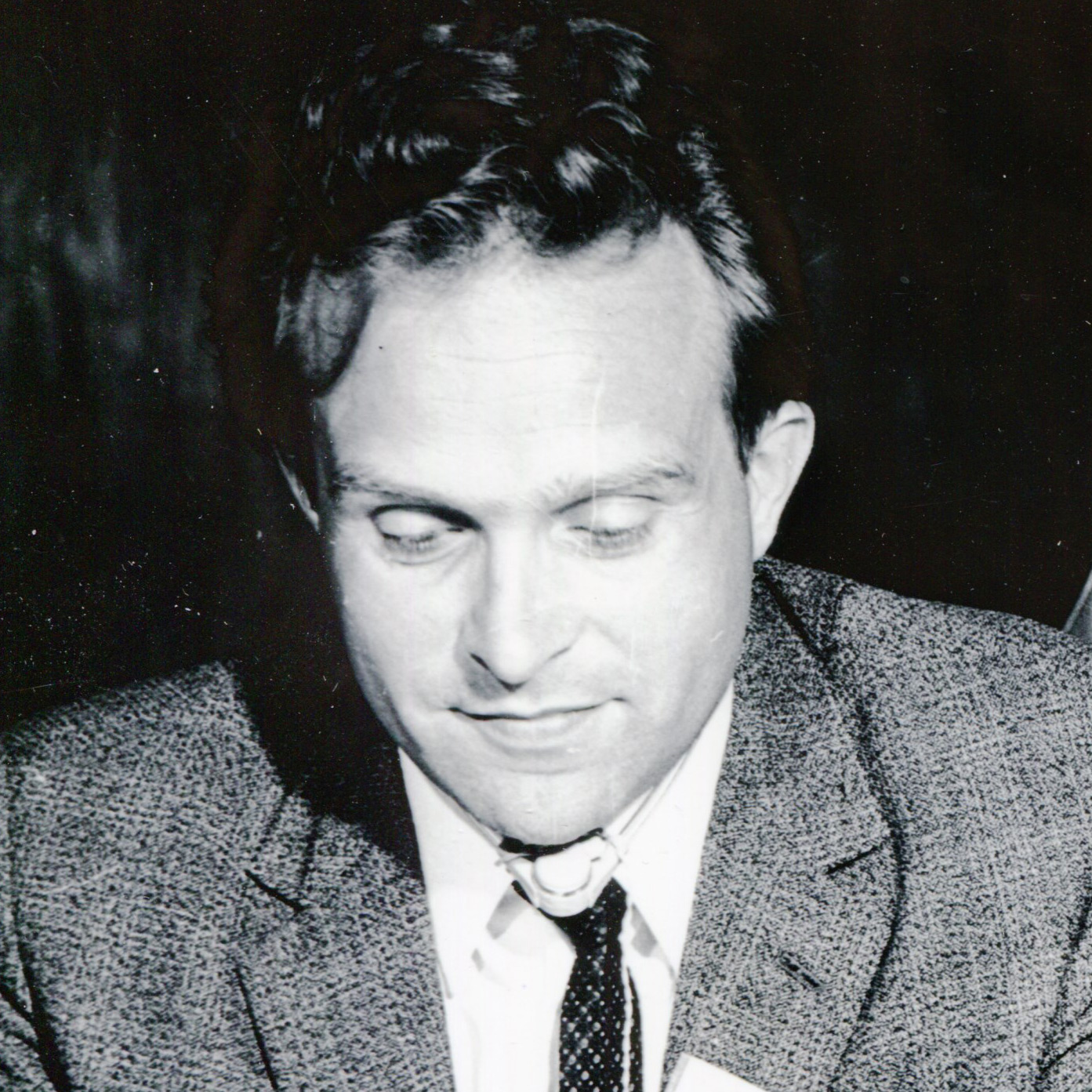
Wolfgang Klaue was Director of the Staatliches Filmarchiv der DDR (East German Film Archive) from 1969 to 1991, a member of the FIAF Executive Committee for that entire period, FIAF President from 1979 to 1984, and Head of the FIAF Cataloguing Commission from 1969 to 1979.
He began his archival career as Head of the Scientific Department of the Staatliches Filmarchiv der DDR (East German Film Archive), working under Herbert Volkmann, and took over as the archive's Director in 1969. He retained his post until 1991, when the Staatliches Filmarchiv der DDR became part of re-united Germany's Bundesarchiv. In the 1970s he played a key role in the formulation of UNESCO's Recommendation for the Safeguarding and Preservaton of the Moving Image (adoped on 27 October 1980). That achievement was awarded by a UNESCO Silver Medal presented to Klaue in 1987 - a very rare honour. Under his leadership, the Staatliches Filmarchiv der DDR also hosted the very first FIAF Summer School (1973) and four more thereafter. From 1998 to his retirement in 2003, Wolfgang Klaue was the founding chairman of the DEFA Stiftung, which was established on 15 December 1998 to preserve and make accessible the films made at the East German DEFA studios.
Wolfgang Klaue was elected FIAF Honorary Member in 1992, and remained an active member of the FIAF community for many years after that. During the 2008 Congress in Paris, he moderated a Second Century Forum on the topic of African film archives, which led to the “Film Archives in Africa” project. Over the last decade, he was in regular contact with the FIAF Secretariat and was always willing to share his knowledge with the Senior Administrator, in particular on historical matters.
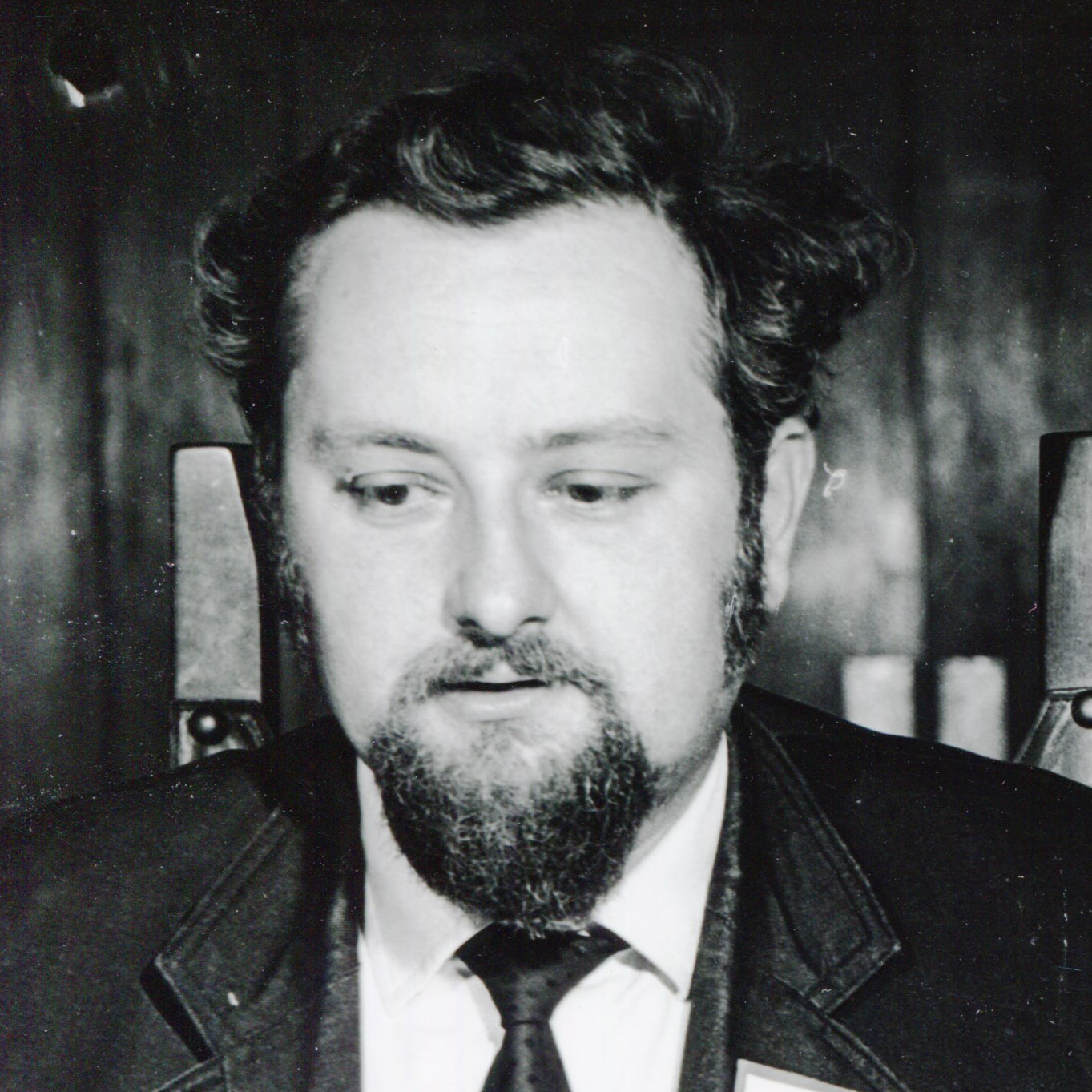
Peter Konlechner was the co-founder with Peter Kubelka of the Österreichisches Filmmuseum (Austrian Film Museum) in Vienna in 1964. For four decades, until his retirement in 2001, Konlechner shaped film culture in Austria and beyond. He was FIAF’s Treasurer from 1970-1973, and once again a member of the FIAF Executive Committee from 1997-2001. He was elected FIAF Honorary Member in 2006, along with Kubelka.
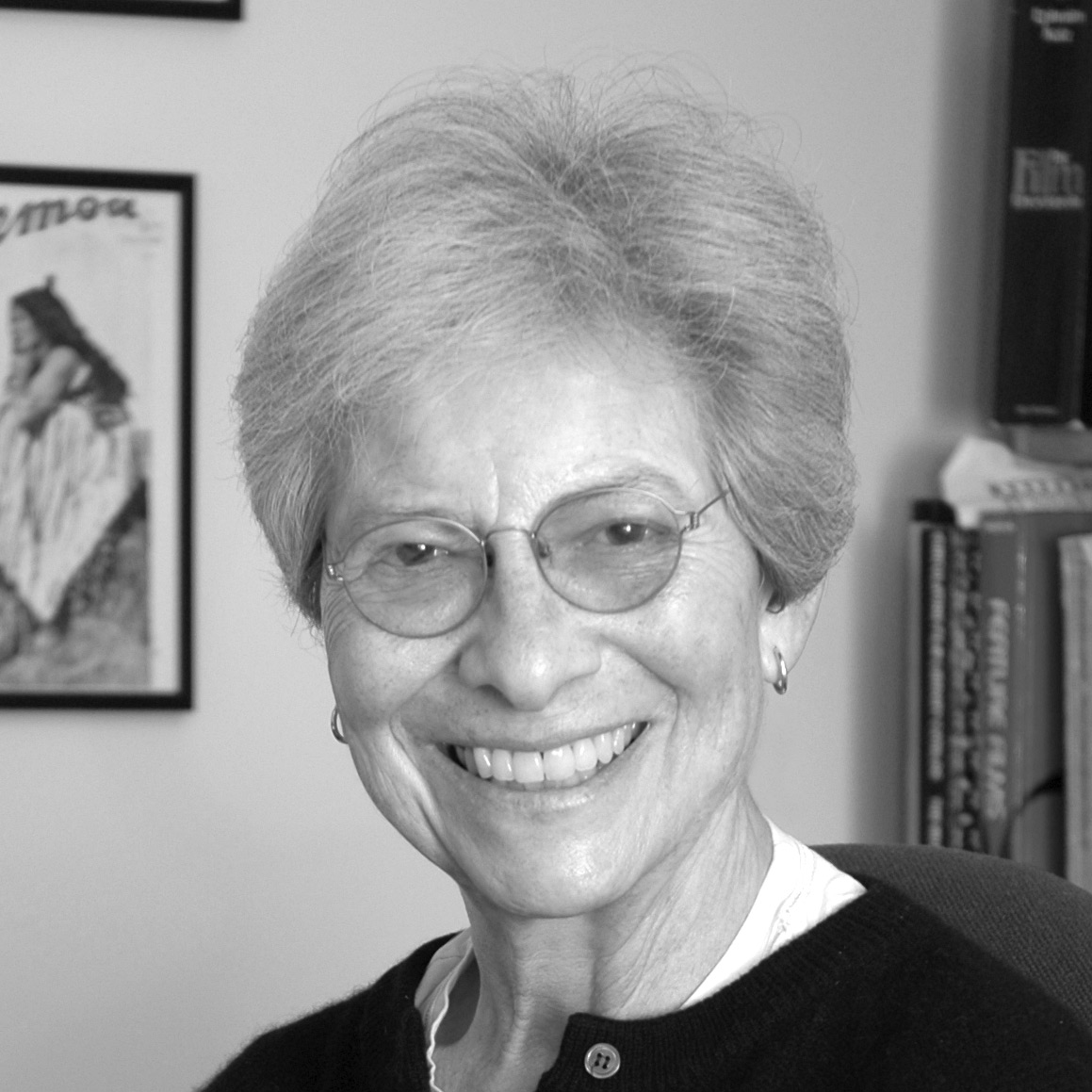
Edith Kramer was Senior Film Curator and Director of the Pacific Film Archive in Berkeley from 1983 to her retirement in 2005. She had begun working at there in 1975 as assistant film curator. During her years at the PFA, Kramer has received acclaim for her tireless commitment to film preservation and collection development, but she was also particularly admired locally and in the international film community for curating a magnificent array of public screenings. Under her leadership, the PFA joined FIAF (1989) and Kramer was an active member of FIAF’s Programming Commission in the 1990s. She was elected FIAF Honorary Member by the General Assembly in April 2018.
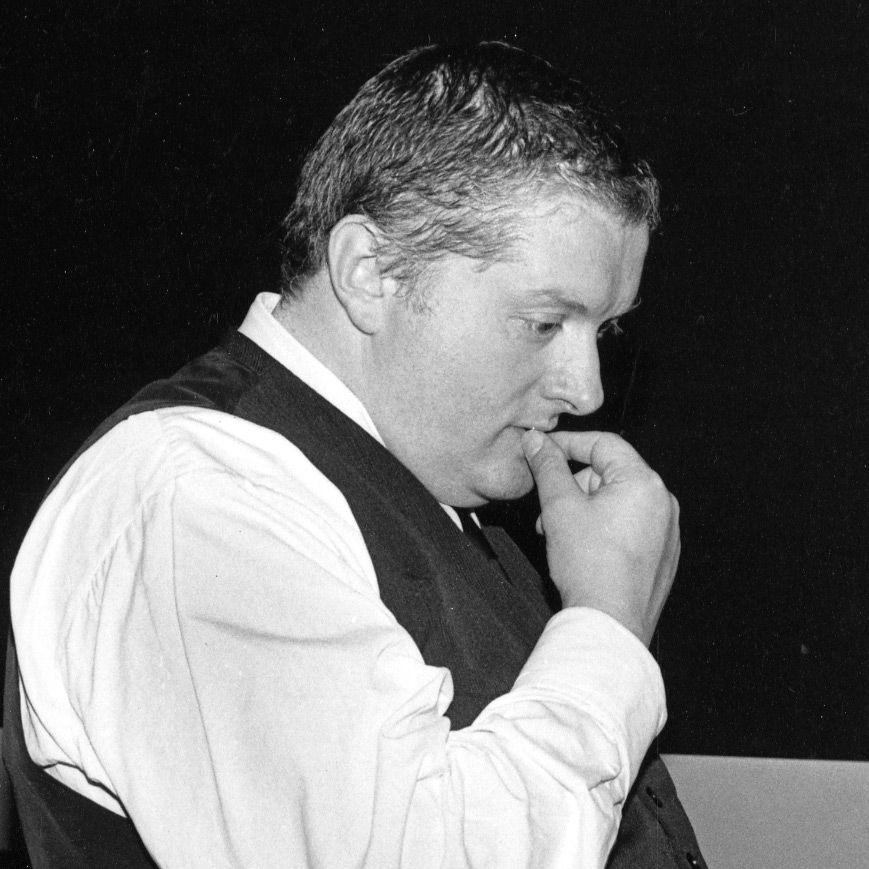
A pioneering film artist and theoretician as well as an influential curator of avant-garde film, Peter Kubelka co-founded the Österreichisches Filmmuseum (Austrian Film Museum) with Peter Konlechner in 1964. In 1970, he was involved in the creation of the Anthology Film Archives in New York, for which he designed the "Invisible Cinema", which was replicated at the Film Museum in Vienna in 1989. Although Kubelka never sat on the FIAF Executive Committee, he attended a number of FIAF Congresses, where his lively contribution was always stimulating to the other delegates. He was elected Honorary Member of FIAF in 2006.
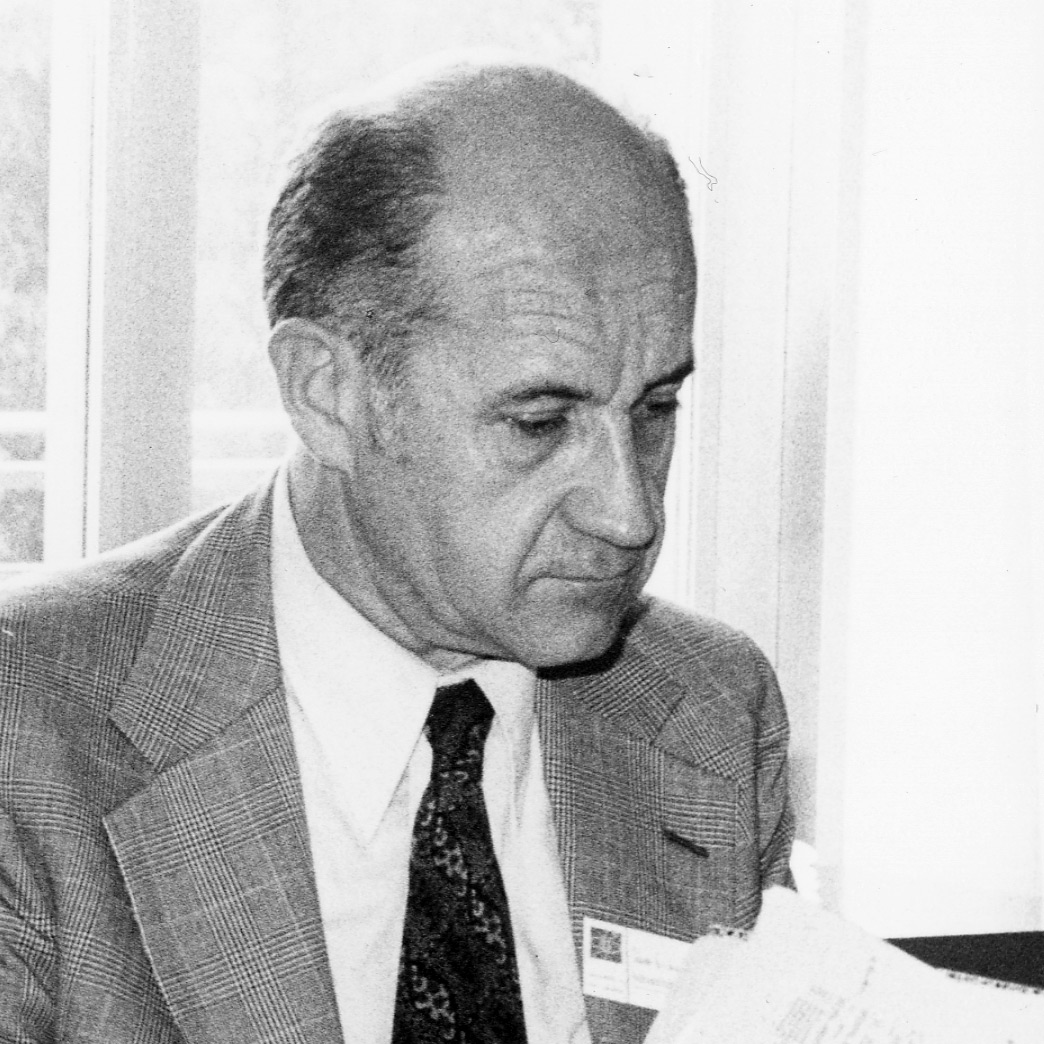
After receiving a PhD from the University of Iowa in 1960, John Kuiper served as Head of the Motion Pictures Section of the Library of Congress from 1965 to 1977. He then worked as Director of Film Collections at the George Eastman House in Rochester from 1977 to 1987. That year, he accepted the position of Chair of the Department of Film and Television at North Texas State University, where he worked until his retirement in 1998.
John Kuiper was an active member of the FIAF community throughout the 1970s. He joined the FIAF Executive Committee in 1970, and was Vice-President of the Federation from 1971-1977. In 1980, he co-edited with Eileen Bowser the seminal FIAF publication A Handbook for Film Archive.
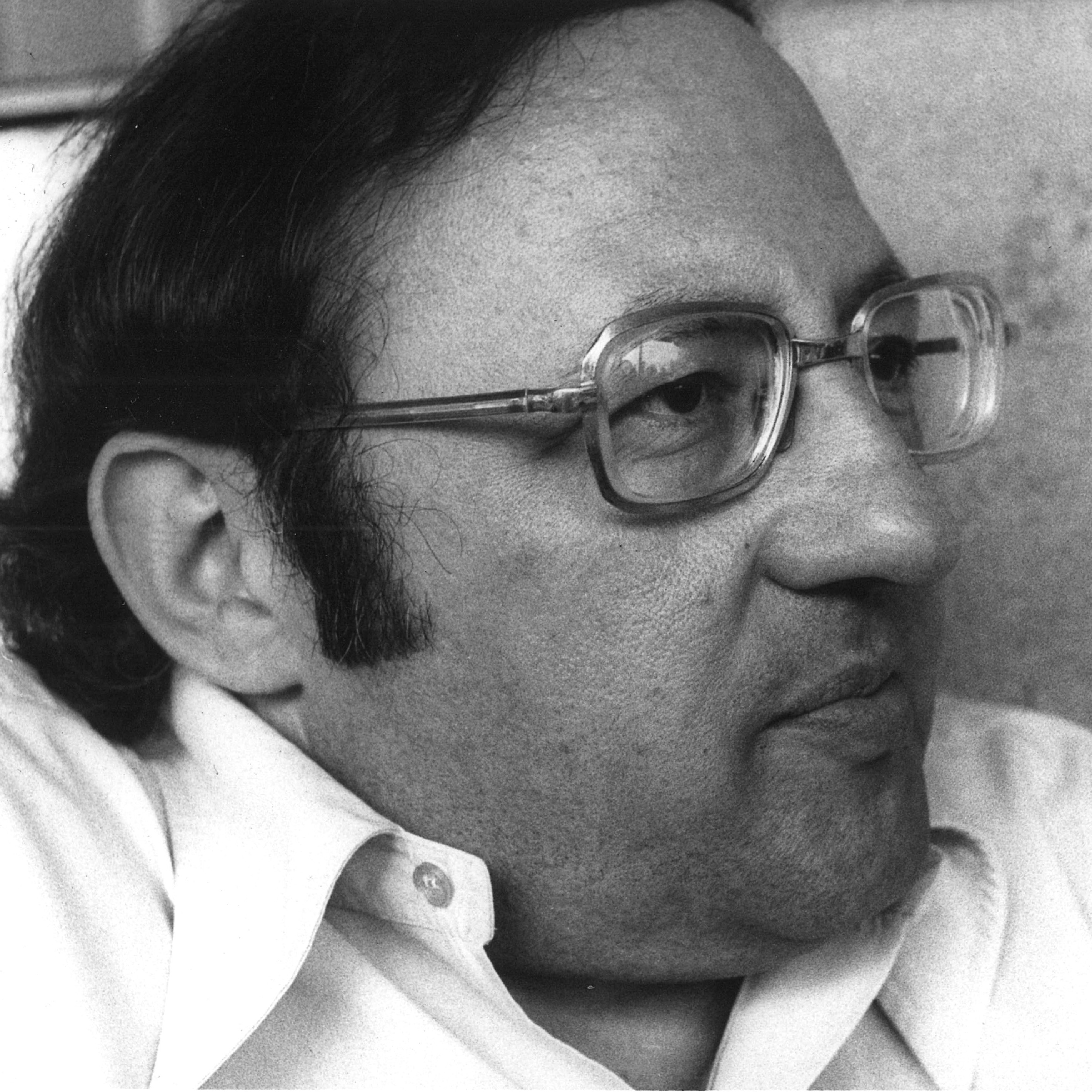
Montreal-born Sam Kula's career started in 1959, when he joined the British Film Institute as a young Deputy Curator under Ernest Lindgren. In the 1960s he moved to the USA to join the American Film Institute as its first Assistant Director, and was among those who oversaw the publication of the multi-volume AFI Catalog. In 1973, he moved back to Montreal to head the Film, Sound and Television section of the newly-created audiovisual archives of the National Archives of Canada. This institution joined FIAF in 1977 and Sam Kula served on the FIAF Executive Committee from 1981 to 1987, and was Vice-President from 1985-87. He was closely associated with the UNESCO Recommendation for the Safeguarding and Preservation of Moving Images (1980). He remained active after retiring from the National Archives in 1989, notably with Canada AV Trust, a body he helped to create in order to promote the idea of film preservation. He also served as President of AMIA, the Association of Moving Image Archivists, from 2001 to 2004.
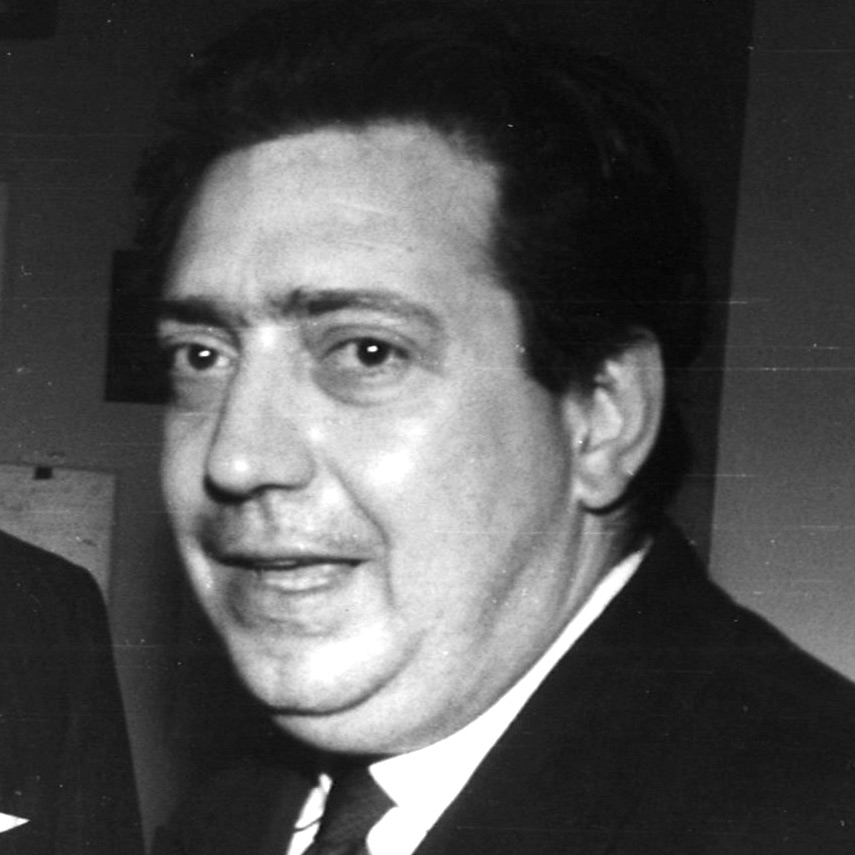
Henri Langlois was one of the co-founders of the Cinémathèque française (1936), and remained its director (his official title being Secretary-General) until his death in 1977, with a short but much talked-about interlude in early 1968. Through his life-long work at the Cinémathèque, he was a hugely influential figure in the history of cinema, and he remains to this day one of the most best-known personalities of the film archive movement.
Langlois was one of FIAF’s co-founders in 1938, and probably the mastermind behind that project. During the war, his contacts with the German officer Frank Hensel, who had been elected FIAF President in 1939 and was based in occupied Paris, helped him save the collections of the Cinémathèque française. Langlois welcomed the first post-war FIAF Congress in Paris (1946), hosted the FIAF office on the premises of the Cinémathèque, and was for 15 years the charismatic leader of the film archive movement, for most years serving as Secretary-General of the Federation. In that period, he was responsible for the fast growth of the FIAF network, as he helped film archives emerge in many countries.
However, his eccentricity, controversial methods, and romantic attitude to film were by the late 1950s increasingly questioned by other leaders of FIAF, notably Ernest Lindgren of the UK's National Film Archive. A serious clash erupted between the two sides during the 1959 FIAF Congress in Stockholm. Soon afterwards Langlois had the FIAF office closed off and sealed (the administrative and archival documents it contained would only be returned to FIAF in October 1978, nearly two years after Langlois' death). By 1962, the Cinémathèque française was no longer a FIAF member – it would only be readmitted as a full member of FIAF in 1991. Langlois took a few close friends with him, including Freddy Buache (Cinémathèque suisse), James Card (George Eastman House), and Paulo Sales Gomes (Cinemateca Brasileira), but in the end FIAF survived the crisis. By the end of the decade, Langlois was challenged at home too. In February 1968, the French government attempted to remove him from office. Local and international uproar ensued and Langlois was reinstated within a few weeks. In 1974, he was the first film archivist to receive an Academy Honorary Award for "his devotion to the art of film, his massive contributions in preserving its past and his unswerving faith in its future". He has been the subject of several documentaries and books.
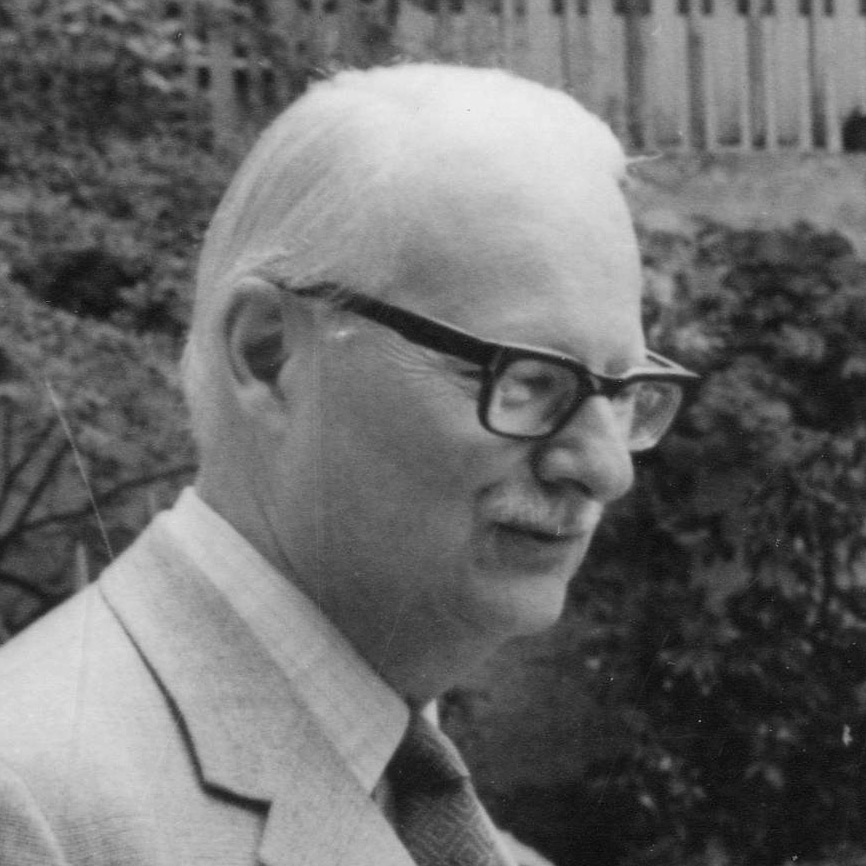
Einar Lauritzen was the first Director of the Filmhistoriska Samlingarna (the Swedish Film Archive), one of the oldest film archives in the world, and he remained in this post until the archive merged with the Svenska Filminstitutet (Swedish Film Institute) in 1963. He started attending FIAF Congresses as early as in 1946, and he became a highly respected and discreetly influential figure of the FIAF community in the post-war period. He was FIAF Treasurer for a number of years between 1958 and 1965. Elected FIAF Honorary Member during the 1965 General Assembly in Oslo, he continued to regularly attend FIAF Congresses and Executive Committee meetings in that capacity for several decades - his last Congress appearance was in Stockholm in 2003, 57 years after his first Congress.
Lauritzen, with his colleague Gunnar Lundquist, made an important contribution to research in early American cinema with the two volumes of The American Film-Index, a comprehensive filmography covering the periods 1908-1915 and 1916-1920, which his personal fortune helped fund (they are still available via the FIAF Secretariat).
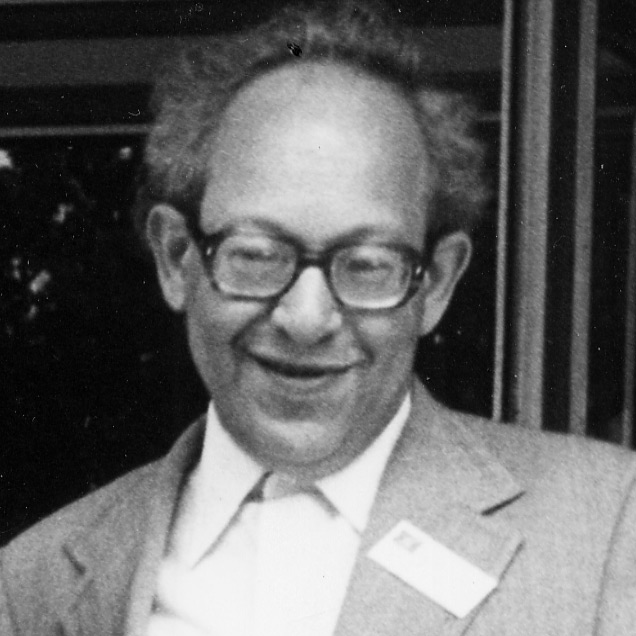
Jacques Ledoux, the formidable curator of the Cinémathèque royale de Belgique for four full decades (1948-1988), is one of the key figures in the history of the film archive movement. As Secretary-General of FIAF from 1961 (following the departure of Henri Langlois' Cinémathèque française) to 1978, he was the Federation's undisputed leader during two decades of steady growth film archive community and professionalisation of the field. He initiated a number of important international projects, such as a unified FIAF catalogue of silent feature films which would later be integrated into the Treasures from the Film Archives database. Ledoux last attended a FIAF Congress in 1987, in West Berlin. He died of a long illness on 6 June 1988, just as the 1988 FIAF Congress had drawn to its close in Paris.
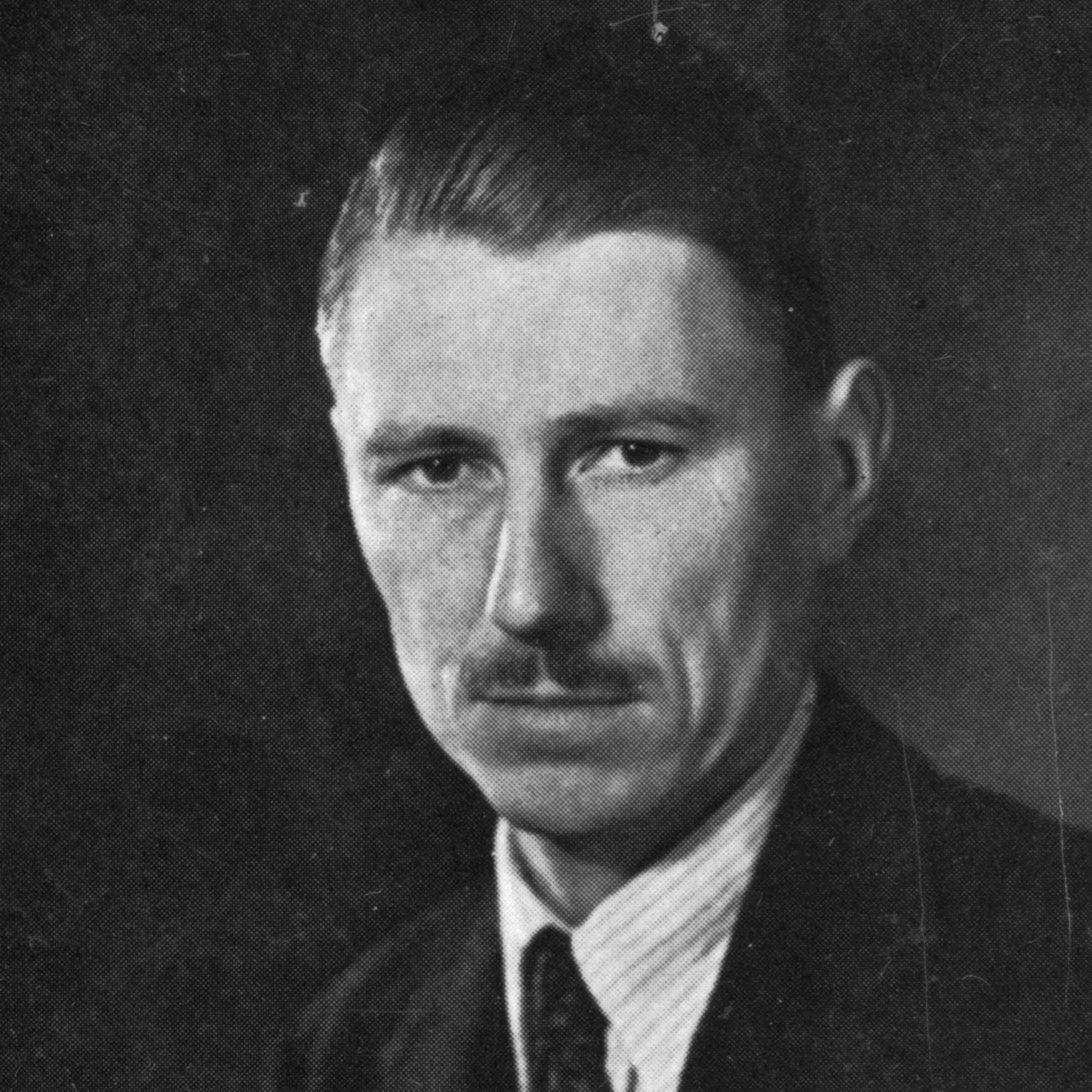
Ernest Lindgren was the first Curator of the National Film Library (later National Film Archive, today BFI National Archive), which he helped establish in 1935 as a department of the British Film Institute. He led it from then to his death in 1973, and over the years built one of the first modern film archives. From 1945 and for the next three decades, he was one of the most respected and influential leaders of FIAF, serving continuously on the FIAF Executive Committee from 1946 to 1973, for most years as Vice-President.
He introduced to the fast-growing FIAF network a number of scientific methods of film preservation and cataloguing which he had developed in his archive. He also encouraged the publication by FIAF of unified catalogues of its affiliates’ holdings, showing the way in 1954 with the release of FIAF’s Union Catalogue of Selected Films. His relationship with Henri Langlois, the other undisputed leader of FIAF in the post-war period, was often strained, as they had rather different visions of what the priorities of a film archive should be, as well as totally opposed temperaments. Lindgren continued to play an important role in the FIAF community after Langlois' departure from FIAF in the early 1960s. He hosted two FIAF Congresses during his career – in Cambridge (1951) and London (1968). He was elected Honorary Vice-President of FIAF (in absentia) during the Moscow General Assembly in June 1973, a few weeks before he passed away.
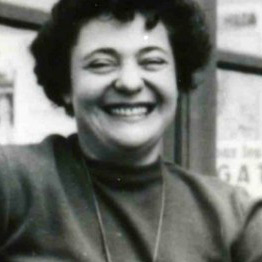
Born Princess Zinaida Shakhovskaia, Zika de Malewsky-Malevitch was a descendant of one of the oldest noble families of Russia, and became a member of the post-revolutionary Russian migrant community in Belgium and France after she left Russia in 1919. She married artist and diplomat Sviatoslav de Malewsky-Malevitch in 1926, became a Belgian citizen but eventually settled in Paris. During the war, she participated in the French Resistance and moved to London in 1942, where she worked for the French Information Agency.
She was the first post-war Executive Secretary of FIAF, between the autumn of 1947 and January 1951, at a time when the FIAF office was hosted by the Cinémathèque française at 7, avenue de Messine in Paris. She was also a writer, poet and journalist. She published numerous novels in French and Russian, using two pseudonyms - Zinaida Sarrana and Jacques Croisé.
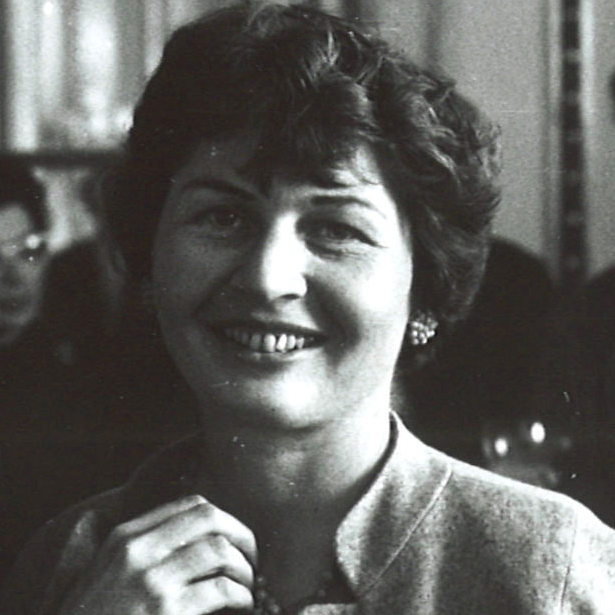
Born in Cleveland, Ohio, in 1913, Marion Michelle was a photographer, filmmaker, camerawoman and scriptwriter. In 1944 she met Dutch documentary filmmaker Joris Ivens. They started a romantic and professional relationship which lasted until 1950, but they remained close friends for the rest of their lives. In 1954, she married French painter Jean Guyard and settled in Paris. There, Ivens introduced her to several film archive acqaintances, notably Richard Griffith of MoMA and his predecessor Iris Barry, and Henri Langlois. Langlois was looking for a new Executive Secretary for FIAF, so she suggested her best friend, Catherine Duncan from Australia, who was hired for the job. But after a year Duncan took unpaid live for a long trip back to Australia, and Marion Michelle was appointed Acting FIAF Executive Secretary, before being confirmed in the post in 1958. She led the FIAF secretariat until 1965, and befriended many of the FIAF leaders, among whom Ernest Lindgren, Jerzy Toeplitz, Jan de Vaal, and Jacques Ledoux. It was during her tenure that the famous FIAF schism of 1959-60 took place. Langlois unsuccessfully tried to have her dismissed, and he decided to close down (and seal) the FIAF office, then located in the building of the Cinémathèque française at 82 rue de Courcelles, Paris. She had no choice but to move the FIAF secretariat to her Parisian home, but within a year, French filmmaker (and FIAF friend) Jean Painlevé welcomed her and the FIAF office to his house at 38, avenue des Ternes in Paris, which is still FIAF's legal address today. She resigned in 1965 and was succeeded as FIAF Executive Secretary by Mayme Wheatley.
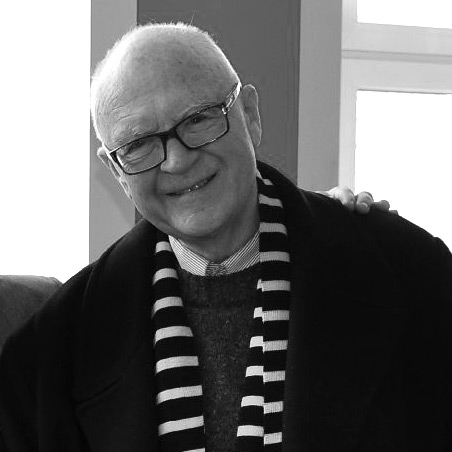
Ib Monty was Director of the Dansk Filmmuseum (Danish Film Museum) from 1960 to 1997, and a well-respected figure of the FIAF community for nearly four decades.
One of the pioneers of film criticism in Denmark in the 1950s, first as one of the regular contributors to Kosmorama, then as editor of the magazine from 1960-67, he will be primarily remembered for his long career at the helm of the Danish Filmmuseum (Det Danske Filmmuseum, which was incorporated into the Danish Film Institute in 1996). In his 37-year tenure as Director, he pursued the work initially accomplished by his predecessor Ove Brusendorff to turn the Filmmuseum into an internationally recognized film archive, expanding dramatically its rich collections of films, books, journals, stills, and posters.
Between 1961 and 1973, he was a regular member of the FIAF Executive Committee. He was elected Honorary Member of FIAF during the Congress in Cartagena (Colombia) in April 1997.
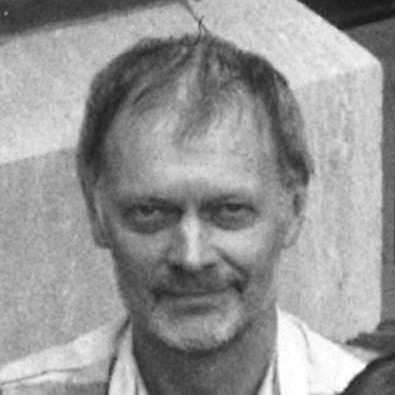
Yorkshire-born Michael Moulds was working at the Canadian Film Archives in Ottawa (first as Head of Film Studies and later as Acting Curator) when he became actively involved in FIAF's Documentation Commission in the early 1970s. He was hired as Editor of FIAF's Periodicals Indexing Project (P.I.P.) in 1973-74, and returned from 1981 to 1997.
In 1982 he received (together with Karen Jones) the BFI Special Award for the Index to Film Periodicals on behalf of the Documentation Commission. During the 1980s, Michael Moulds introduced new working methods at the P.I.P. (microfiches and computer technology). He also played a key role in the publication of the International FilmArchive CD-ROM (launched in 1993), which combined the P.I.P. databases with several other FIAF related databases (including Treasures from the Film Archives). Together with Karen Jones he edited two editions of the FIAF Classification Scheme for Film & Television Literature.
In October 1996, he oversaw the move of the P.I.P. office from London to Brussels, where it joined the FIAF Secretariat. He retired the following year and was succeeded by Rutger Penne, the current P.I.P. Editor. He spent his retirement years in Forcalquier in the South of France with his wife Maureen, and died there in February 2020, aged 90.
Paramesh Krishnan (P.K.) Nair was an Indian film archivist and film scholar, who devoted his life to the rescue of India's film heritage. Hired by the National Film Archive of India a few months after its creation in February 1964, he led it development for almost three decades, first as Deputy Curator (until the mid-1970s), then as Director, until his retirement in 1991. Nair was a member of FIAF's Executive Committee from 1985 to 1989. He attended several FIAF Congresses, although bureaucratic obstacles and financial difficulties prevented him from taking part in quite a few of them during his career.
In 2012, he was the subject of Celluloid Man, an award-winning documentary by Shivendra Singh Dungarpur.

Born in 1938, two months before the formal creation of FIAF, Vladimir Opěla joined the Ceskoslavensky Filmovy Ustav (Film Archive of Czechoslovakia) in 1965, where he first worked as Acquisitions Officer. In 1989 he became the archive's Curator and Director. In June 1992, he was confirmed as the Director of the newly formed Národní filmový archiv (National Film Archive) of the Czech Republic.
Opěla became actively involved in FIAF in the 1980s. He joined the Cataloguing Commission in 1987, and sat on the FIAF Executive Committee from 1991 to 1997, and again from 2005 to 2013, serving terms as Vice-President. Opěla was also active internationally through his work at UNESCO. He conceived the UNESCO World Day for Audiovisual Heritage, celebrated every 27 October since 2007.
In 2012, he was succeeded by Michal Bregant as Director of Národní filmový archiv, but he has continued to work for the archive ever since. He was elected as FIAF Honorary Member by the FIAF General Assembly in Skopje in April 2014. Four years later, the FIAF Community celebrated his 80th birthday during the 2018 Prague Congress hosted by the institution to which he has devoted his entire career.
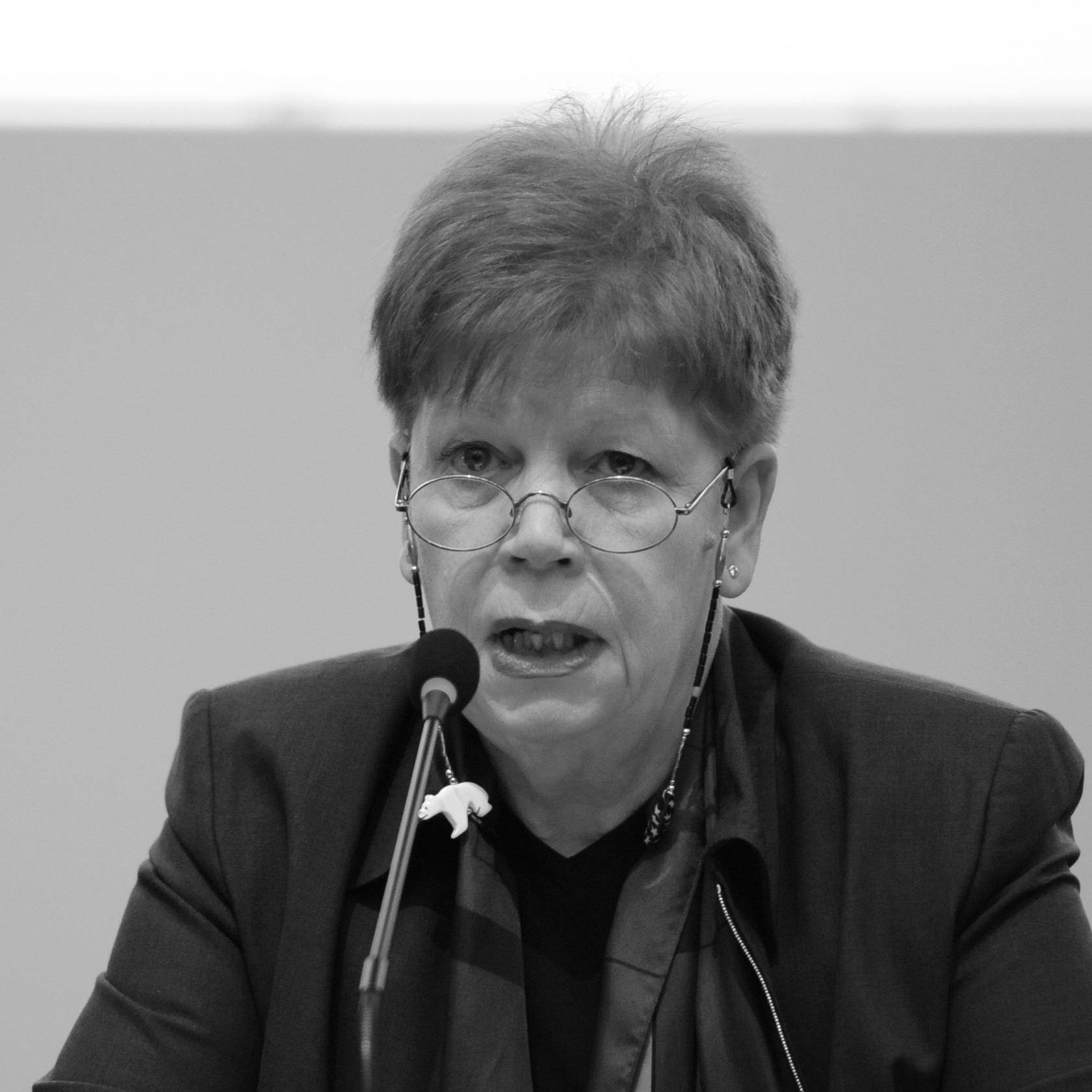
Eva Orbanz worked for the Deutsche Kinemathek in Berlin for 34 years, and was an active figure of the FIAF community for nearly as long. After working as secretary in an architect's office (1963-66), she went on a study trip to the US in 1966, and worked for the Deutsche Film- und Fernsehakademie Berlin (German Film and Television Academy) from 1967 to 72. In 1973, she did internships at the Cinémathèque royale de Belgique and at the BFI before joining the Deutsche Kinemathek in October 1973 as Administrator and Coordinator. In 1985 she was appointed Head of the Film Department, and remained in that post until her retirement in 2007.
She started representing the Deutsche Kinemathek at FIAF Congresses in 1974. She joined the FIAF Executive Committee in 1981, served as Secretary-General from 1989 to 1995, and as President from 2003 to 2009. She also represented FIAF at the Roundtable of Audiovisual Records, and later the CCAAA, from 1991 to 2009. She was elected FIAF Honorary Member in May 2009. She has since remained an active film scholar.
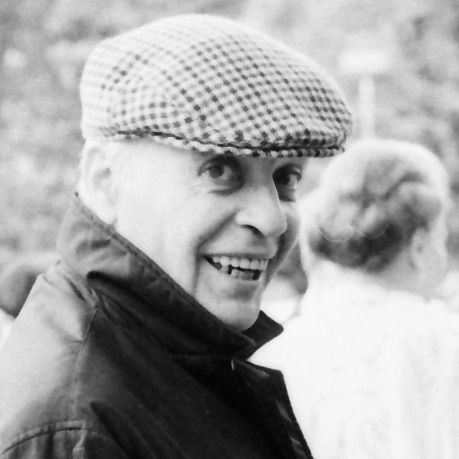
Born in Karlovac (Croatia) in 1919, Vladimir Pogačić was Director of the Jugoslovenska Kinoteka from 1954 to 1982. He first attended a FIAF Congress in 1955, and from then was an active member of the FIAF community for nearly three decades. He was a near continuous member of the FIAF Executive Committee from 1956 to 1981, and President of FIAF from 1972 to 1979.
He was also a noted filmmaker (his film Veliki i mali / Great and Small won the Best Director prize at the Karlovy Vary festival in 1957). He wrote numerous books on cinema, and was a lecturer at the Academy of Cinema and Television in Belgrade. Vladimir Pogačić was elected Honorary Member of FIAF in 1982.
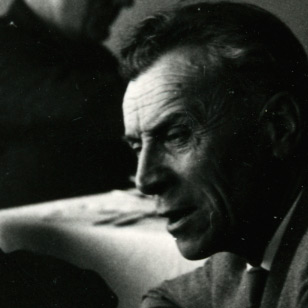
Victor Privato was the Director of the Gosfilmofond, the Soviet film archive, from 1958 to his death in 1979 at the age of 82. During that entire period, he was also FIAF Vice-President, and his well-known kindness and generosity made him a very popular figure of the FIAF community for 21 years. He hosted the FIAF Congress in Moscow twice during his tenure, in 1964 and 1973.
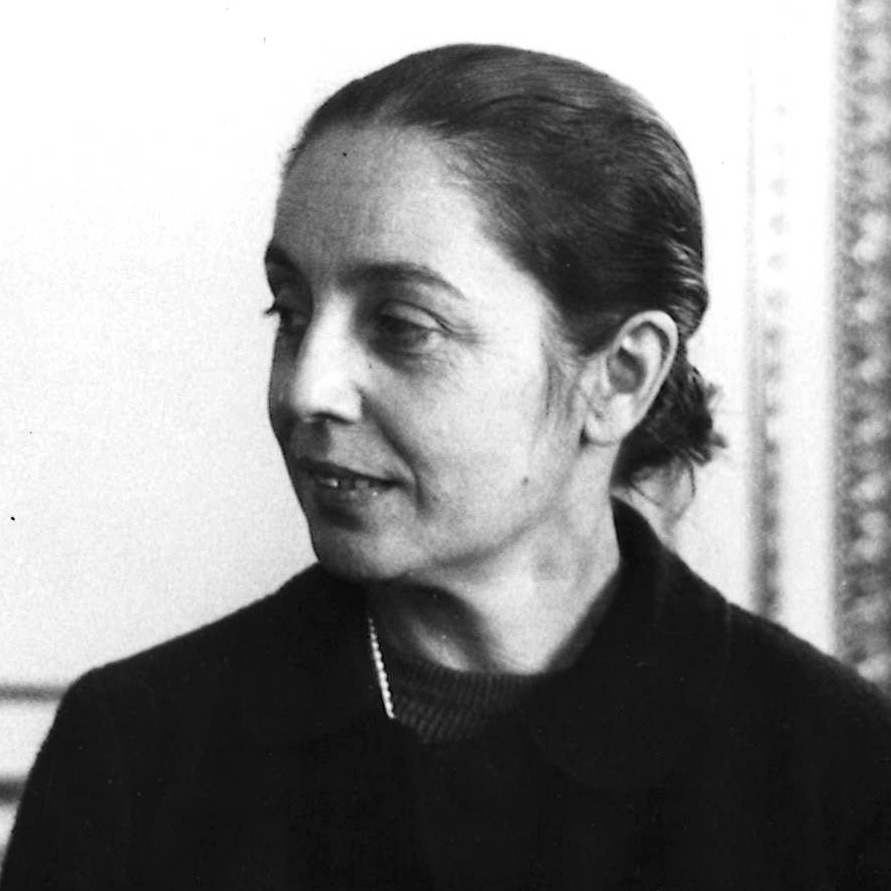
Maria Adriana Prolo was a film collector and historian, and the founder of the Museo Nazionale del Cinema in Turin, which she led as Director until 1985 (and served as its Honorary Director thereafter). She started collecting documents, film stills and posters and film equipment of early cinema in 1940, and a year later the idea of a cinema museum was born. In 1949, she met Henri Langlois, and these two kindred spirits became good friends and supported each other for years to come (their correspondence was published in 1992 under the title Le Dragon et l'alouette: correspondance 1948-1979).
In 1953, the Associazione Museo del Cinema was formally created and the museum was admitted as a provisional member of FIAF (it would be confirmed as a full Member the following year). The Museum, housed in the Palazzo Chiablese, finally opened to the public in 1958. Although Prolo was not part of the first core group of FIAF pioneers (she only sat briefly on the FIAF Executive Committee in the mid-1950s), she remained a highly-respected and discreetly influential figure of the FIAF community. Despite her close friendship with Langlois, she did not follow him when he left FIAF in 1960, and she hosted the 1975 FIAF Congress in Turin.
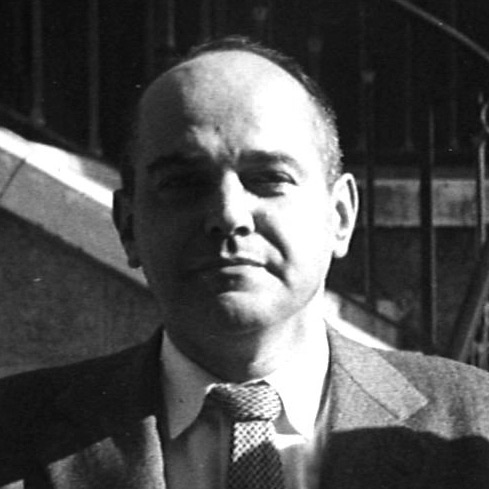
Paulo Emílio Sales Gomes was a major Brasilian film historian and critic, the founder and director of the Cinemateca Brasileira, and an important figure of the FIAF community in the post-war period. In 1940, after several years spent in France, where he had got acquainted with Henri Langlois and the Cinémathèque française, Sales Gomes founded the Film Club of Sao Paulo with a few others. This would a few years later turn into the Filmoteca de Sao Paulo, then the Filmoteca do Museu de Arte Moderna de Sao Paulo, until the institution finally gained its independence in 1956 as the Cinemateca Brasileira.
In 1948, the Filmoteca was admitted as a FIAF member during the FIAF Congress in Copenhagen, which Sales Gomes attended the as the Filmoteca's representative in Europe (he would become its director upon his return to Brazil in 1954). He was an almost continuous member of the FIAF Executive Committee from 1948 to 1964 (often serving as Treasurer or Vice-President), and was the spokesperson for South American archives throughout that period. In the early 1960s, his relationship with FIAF became more complicated, as his faithful friendship with Langlois, who had left FIAF in 1960, and the serious difficulties of the Cinemateca in that decade, made him distance himself with the Federation. The Cinemateca Brasileira would not reconnect with FIAF until 1979 - two years after his premature death of a heart attack at the age of 62.
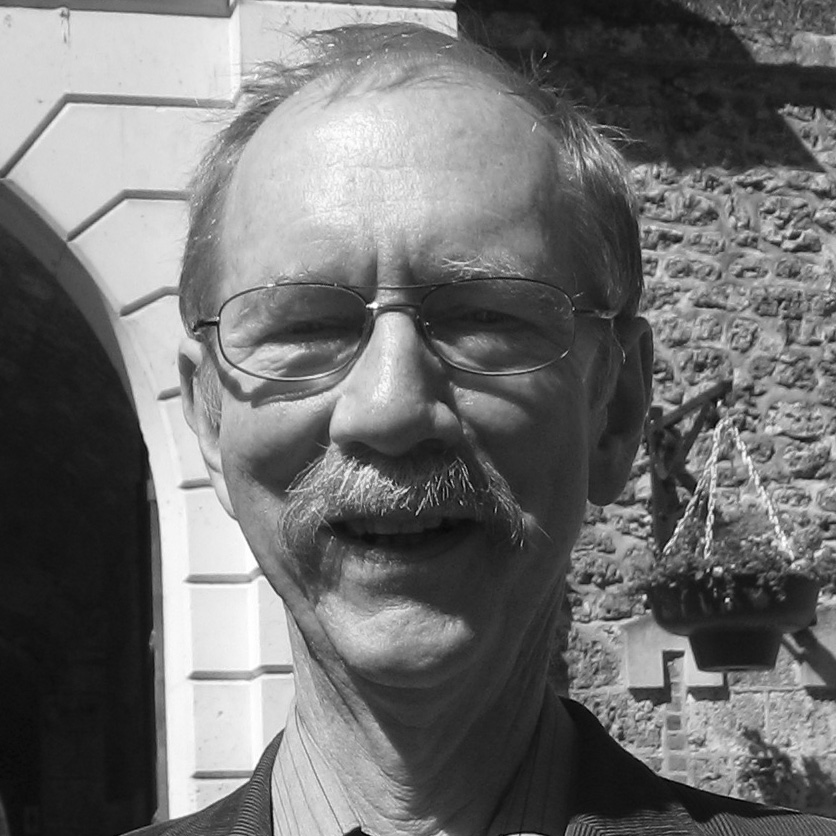
Roger Smither worked at Imperial War Museums for 40 years, retiring as Keeper of the Film and Photograph Archives in August 2010 (although he still worked there as a consultant for a number of years after that). He was an active member of the FIAF community for well over twenty years. In the 1980s, as a member of the Cataloguing Commission, he wrote several studies on the usage of computers for film cataloguing, and contributed to The FIAF Cataloguing Rules for Film Archives (1991). He then sat on the FIAF Executive Committee from 1993-2003. As FIAF Secretary General (1995-2001), he played a key role in the drafting of the FIAF Code of Ethics and the updating of the FIAF Statutes and Rules, and oversaw the admission of many new FIAF affiliates in the late 1990s-early 2000s. He edited FIAF's seminal book This Film Is Dangerous (2002), a towering testimony to the work of film archives and museums all over the world and still a best-seller of FIAF's catalogue today. He was elected FIAF Honorary Member in April 2018, and celebrated by the FIAF community during the FIAF Congress in Lausanne the following year.
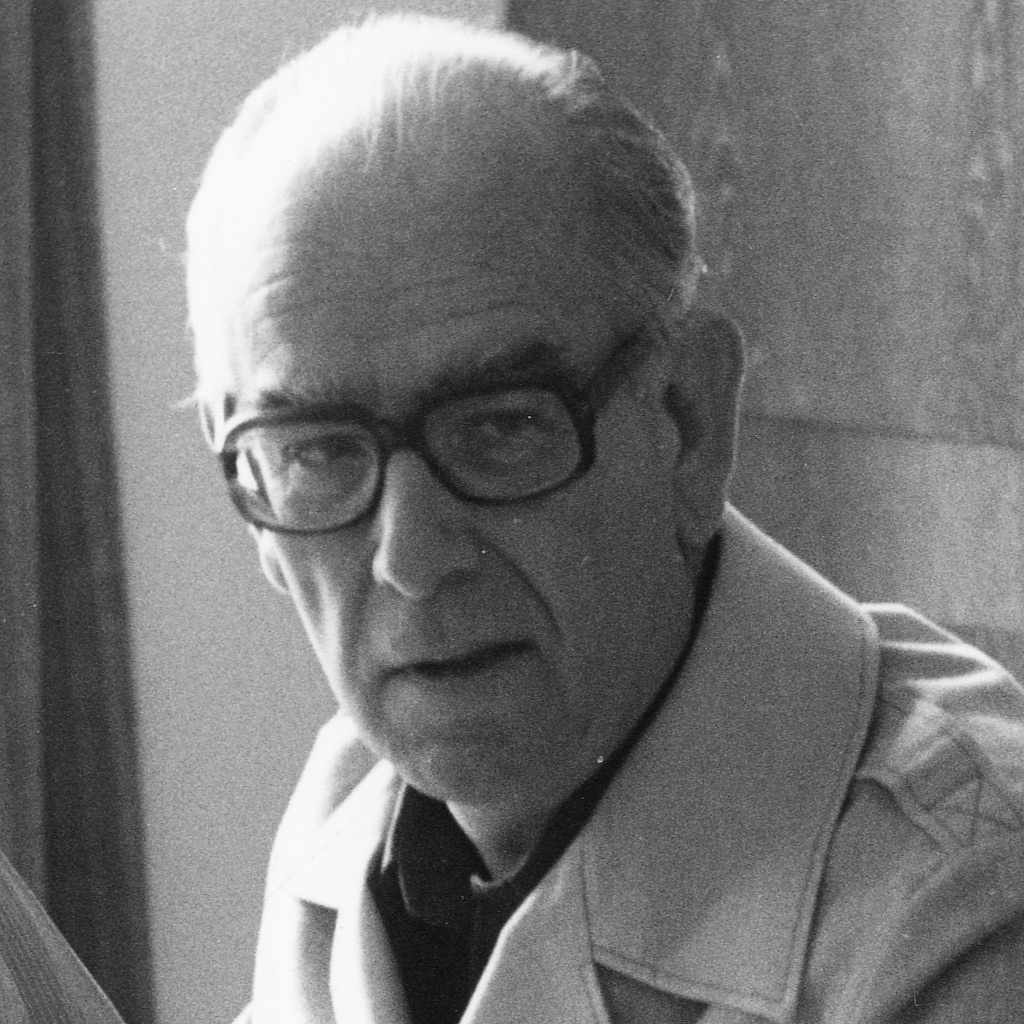
Jon Stenklev was Director of the Norsk Filminstitut from 1967 to 1987, and an active figure in FIAF throughout the 1970s. He was a member of the FIAF Executive Committee from 1970 to 1980, and served as Treasurer from 1973 to 1977. In that role, he strongly supported the Periodicals Indexing Project (P.I.P.) and helped ensure its financial survival in those difficult years for the Project.
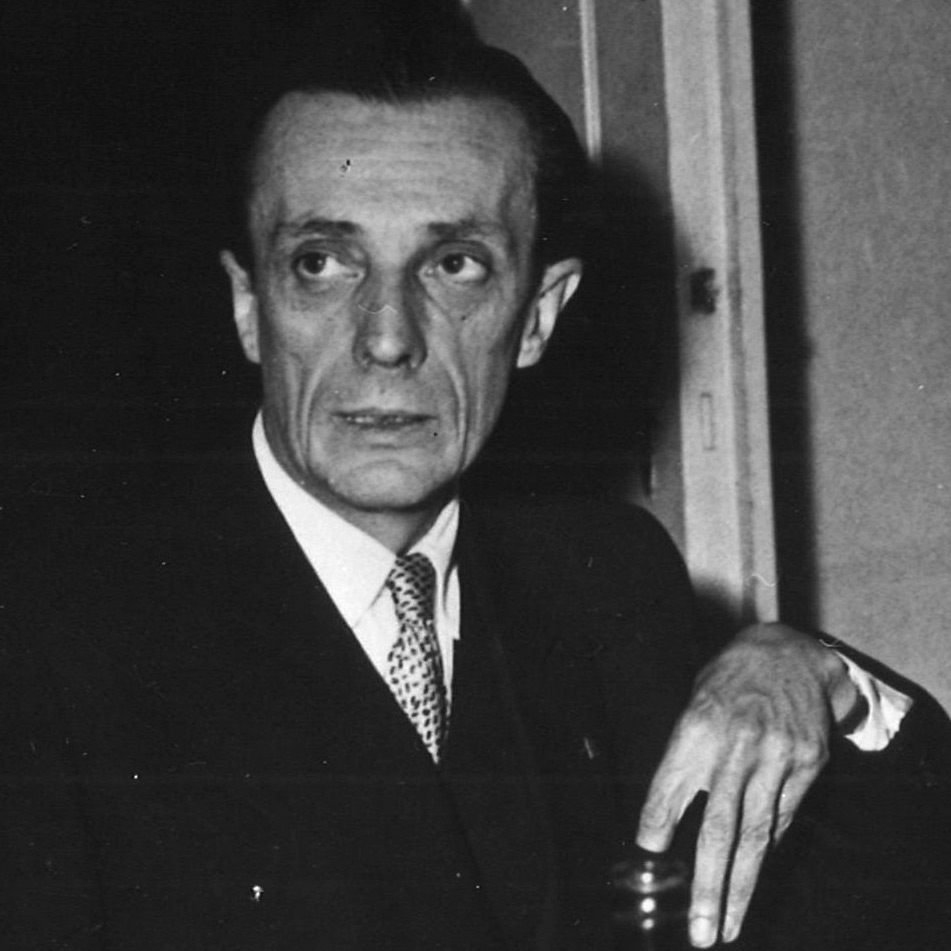
Dr. Miroslav Svoboda was from 1957 to 1966 the director of the Ceskoslovenska Filmoteka (later Ceskoslovensky Filmovy Ustav - Filmovy Archiv) in Prague. During this time, he was a continuous member of the FIAF Executive Committee, and he hosted the 1958 Congress in Prague. He was elected FIAF Honorary Member during the 1966 FIAF Congress in Sofia. In this new capacity, he continued to attend a number of FIAF Congress - the last one in Paris in 1988, a few months before he passed away.
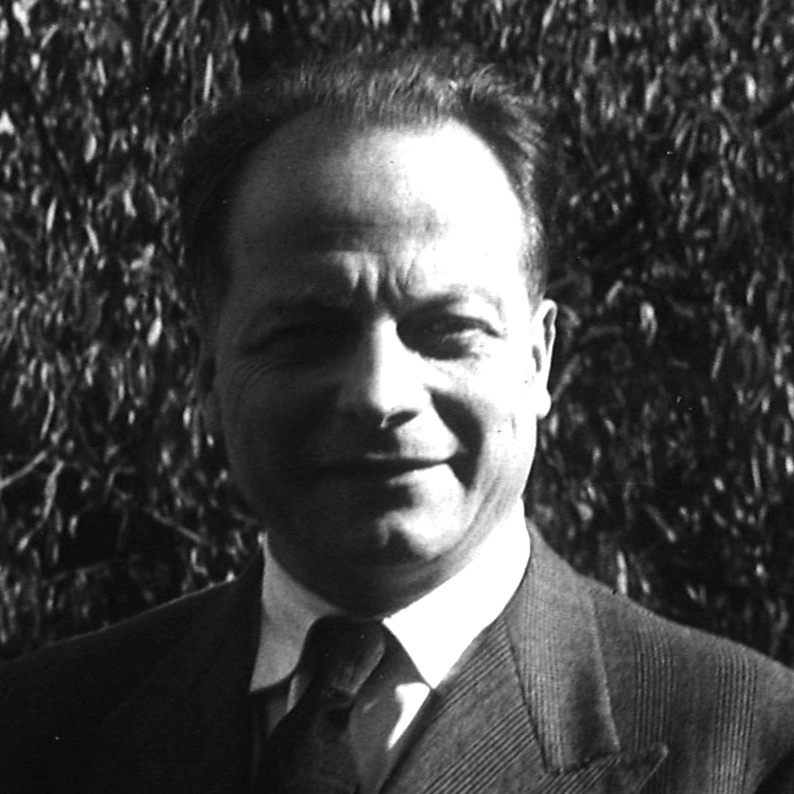
André Thirifays co-founded the Cinémathèque de Belgique (future Cinémathèque Royale de Belgique) with Pierre Vermeylen and Henri Storck in 1938, and was its administrator until 1958. In the late 1930s he befriended Henri Langlois, which helped the Cinémathèque establish international contacts. In 1944 Thirifays recruited Jacques Ledoux as the Cinémathèque’s first Curator, and two years later the Cinémathèque was admitted as FIAF Member, during the first post-war FIAF Congress in Paris.
Thirifays was an active figure of the FIAF Executive Community, where he occupied the positions of Vice-President, Secretary-General, and Treasurer between 1949 and 1959. In 1958, he was the Director General of the World Film Festival organized by the Cinémathèque de Belgique as part of the 1958 Brussels Universal Exhibition.
He was also a long-time film and television critic for the daily Belgian newspaper Le Soir.
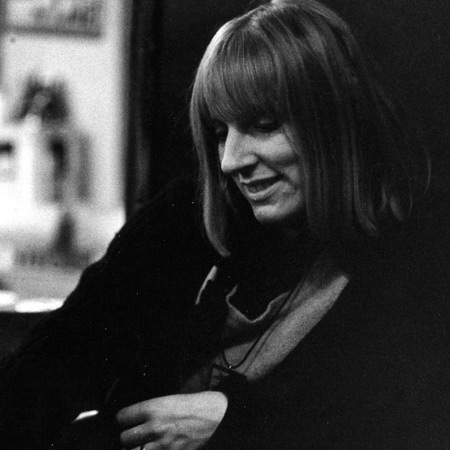
Frances Thorpe started her career at the British National Film Catalogue in the late 1960s and worked at the Slade Film History Register when she became involved in FIAF’s Periodicals Indexing Project. Before her appointment as P.I.P. Editor in 1975, Frances was already active in the short-lived FIAF Commission on Cataloguing and Documentation, later the FIAF Documentation Commission. During her editorship (from May 1975 to December 1980), she kept the P.I.P. afloat under sometimes difficult circumstances. Fortunately, she could rely on the support of the BFI’s National Film Archive, which was supervising the P.I.P. administratively on behalf of FIAF. At the end of 1980 Frances Thorpe was offered a position as Deputy Head of the BFI Documentation Department, but she remained an active member of the FIAF Documentation Commission until 1987. After her retirement she moved to Wales.
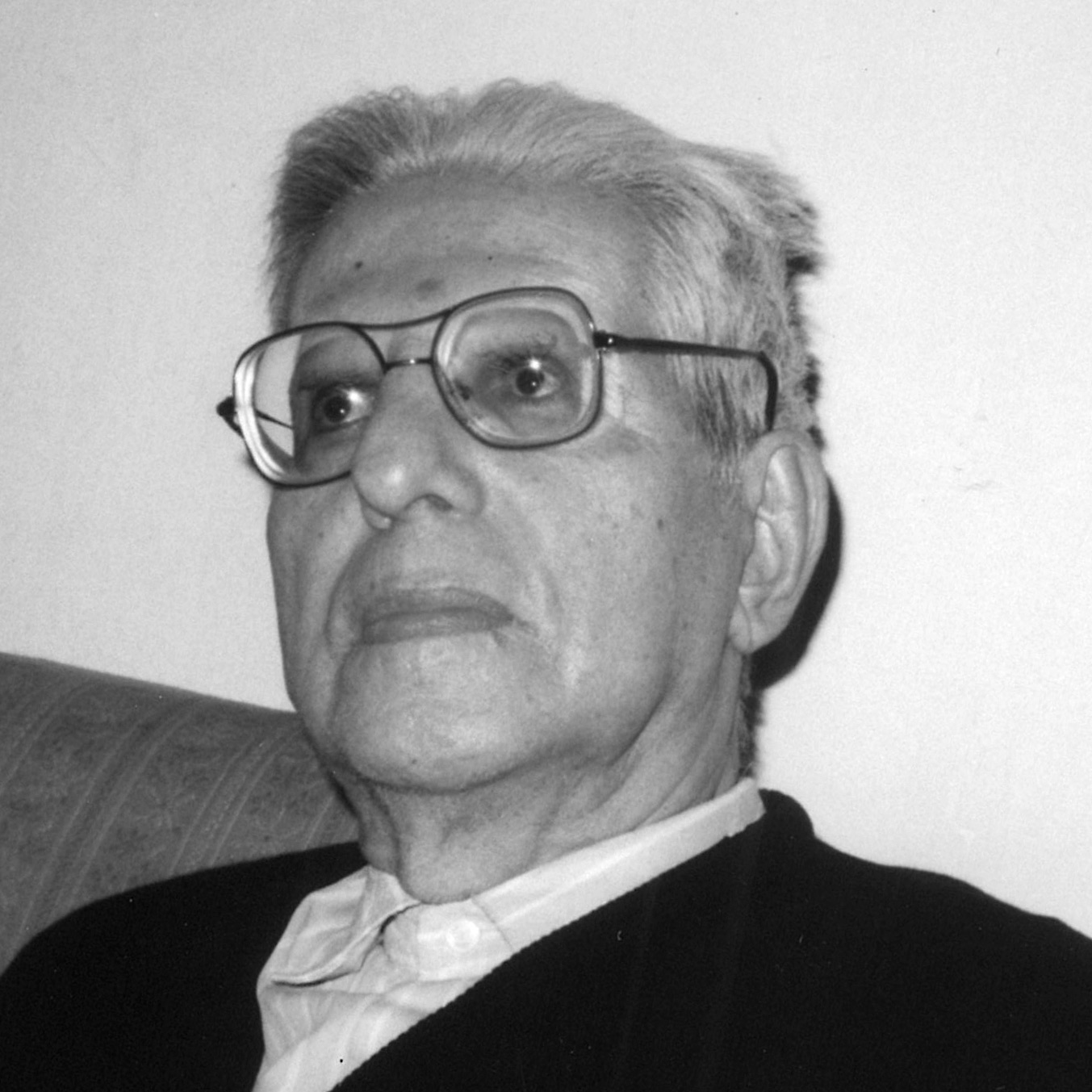
Jerzy Toeplitz remains to this day by far the longest standing President of FIAF (1948-72), although his own involvement in a film archive was limited to his role in the founding of the Polish Film Archive in 1946 and his term as its Director from 1948-52. He is probably better known for having founding and led two of the major film schools (the Polish Film School in Lodz, in the 1950s and 1960s, and the Australian Film Television & Radio School, 1973-1979).
It is largely thanks to his unique diplomatic and language skills that FIAF managed to survive the famous schism with Langlois in 1959, and to successfully navigate through the complicated years of the Cold War. Jerzy Toeplitz was elected FIAF Honorary Member in 1974 and continued to attend a number of FIAF Congresses in his later life - his last was in Los Angeles in 1995, less than three months before his passing.
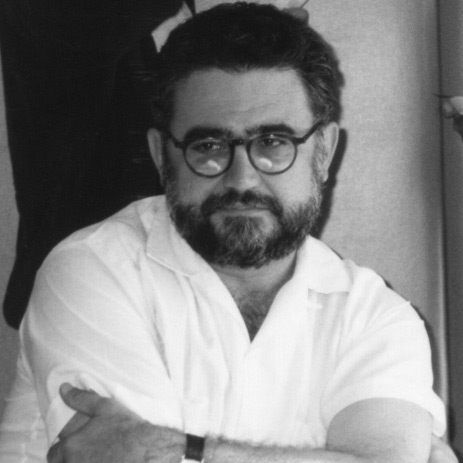
Born in Tabasco, Mexico, in 1954, Iván Trujillo Bolio is is a graduate of the Centro Universitario de Estudios Cinematográficos (CUEC) and the Facultad de Ciencias of the Universidad Nacional Autónoma de México (UNAM). His short film Mariposa Monarca... adivinanzas para siempre (1985), won the Ariel for Best Documentary Short Film. He started working at the Filmoteca UNAM in 1980, then under the leadership of Manuel Gonzales Casanova. In 1989 he was appointed General Director, a position he held until 2008, during which time he contributed to the dissemination, preservation and teaching of film and to the support of multiple national and international festivals, as well as increasing the institution's collection, which grew from 15,000 to more than 40,000 titles.
His work at the head of the Filmoteca contributed to the institution receiving the Golden Ariel in 2003, thanks to his work in the preservation and promotion of Mexican cinema.
He joined the FIAF Executive Committee in 1993. He was FIAF’s Vice President from 1993 to 1999, then succeeded Michelle Aubert as FIAF President until 2003. He played a key role in the creation of the annual FIAF Award in 2001, and presented the first three to Martin Scorsese (2001), Manoel de Oliveira (2002, and Ingmar Bergman (2003). Along with Christian Dimitriu, he was also a great ambassador for Latin American film archives and helped their integration into the FIAF network. He was instrumental in the development of the “Escuela Sobre Ruedas” training programme for Latin American film archivists in the first decade of the 21st Century.
From 2008 to 2010 he was Mexico's cultural attaché in Cuba, then headed the Guadalajara International Film Festival (FICG) from 2010 to 2018. He went back to UNAM in 2019 as director of TV UNAM. He was elected FIAF Honorary Member during the General Assembly hosted by Filmoteca UNAM in Mexico City on 21 April 2023.
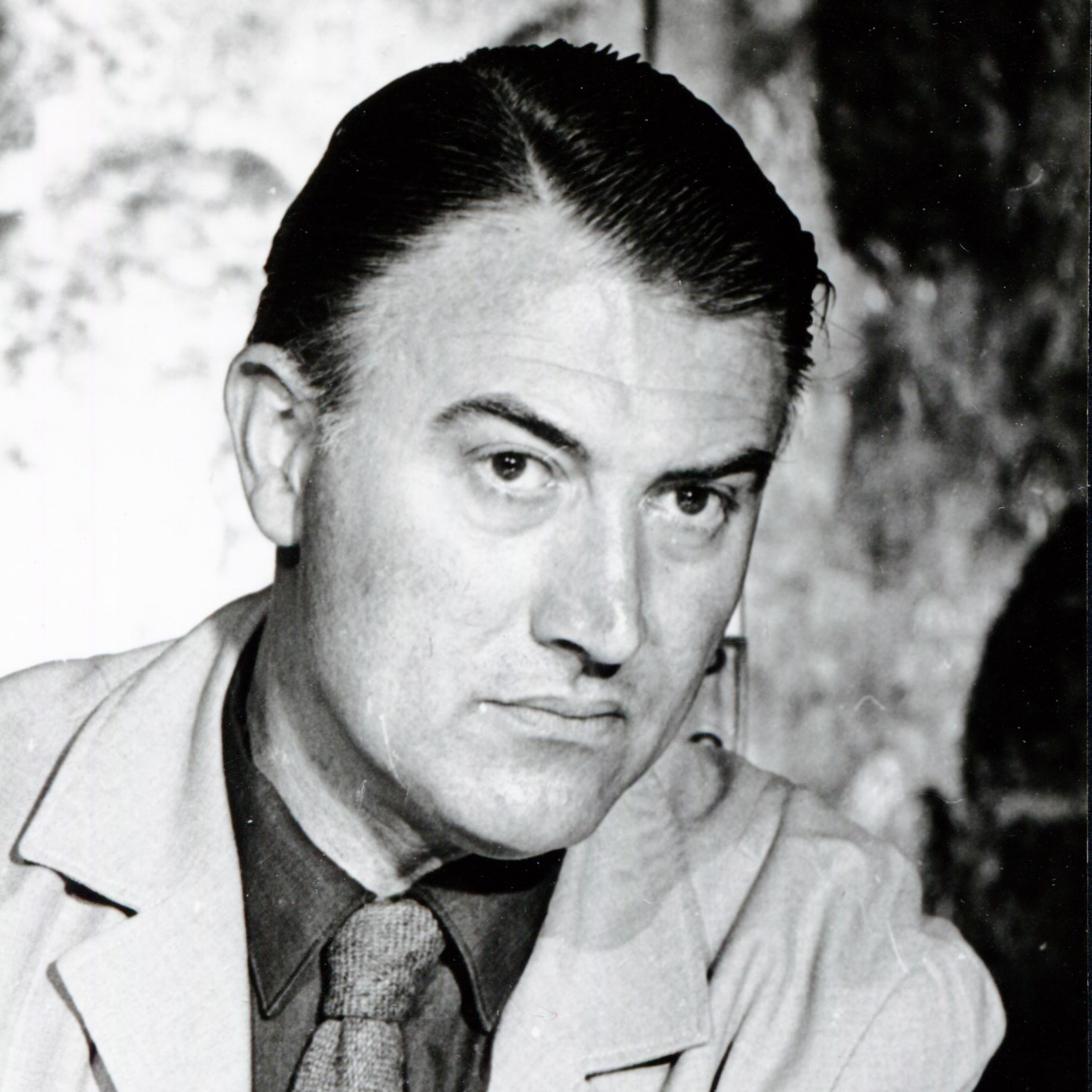
Jan de Vaal was Director of the Nederlands Filmmuseum (Nederlands Historisch Filmarchief until 1952, and today Eye Filmmuseum) from 1947-1987, and as such occupied a central place in Dutch film culture for almost half a century. He also played an important role in the field of film conservation at an international level, through the various positions he occupied on the FIAF Executive Committee over three decades (no-one in the history of FIAF sat on its governing body for as long he did).
In the early 1960s, he established and managed on FIAF’s behalf an international pool of film prints for programming purposes (known as the FIAF Members Service or FIAF Pool). His ambition was to help newly created member archives increase their programming possibilities. A total of about 100 film prints, mostly on 35mm, were contributed by FIAF member archives around the world. The Pool was disbanded in 1972. That same year, he founded the FIAF Information Bulletin (today Journal of Film Preservation), and was its Chief-Editor for 14 years.
He was awarded a FIAF Honorary Membership in 1988, a year after retiring from the Nederlands Filmmuseum, and he and his wife Tineke continued to attend FIAF Congresses long after that, and cultivated many friendships in the FIAF community.
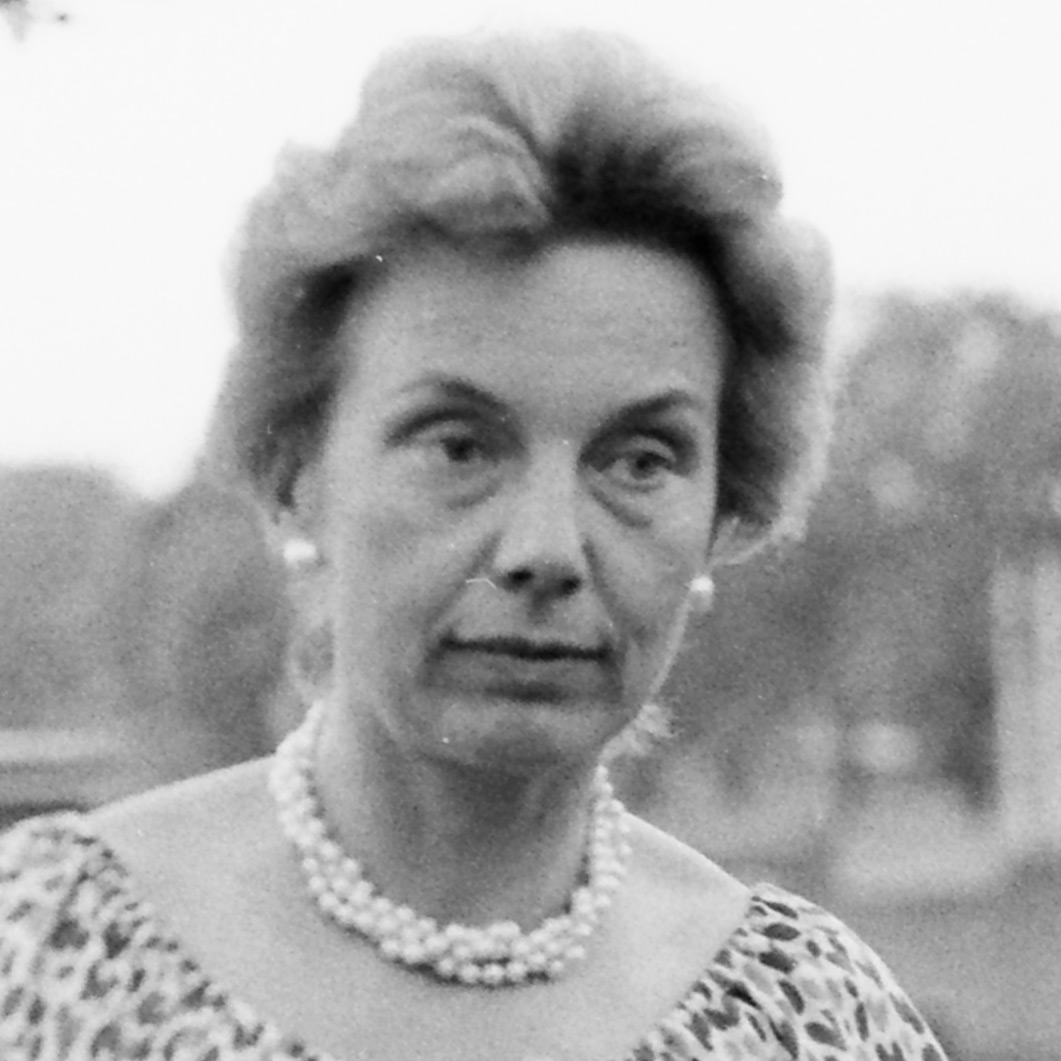
Brigitte van der Elst led the FIAF Secretariat for a quarter of century (1970-1995) – by far the longest-standing leader of the FIAF office in the history of the Federation. She started working for the FIAF Secretariat, then hosted by the Cinémathèque royale de Belgique in Brussels, in 1970, first as a part-time secretary, working under the strict supervision of Jacques Ledoux, then FIAF's Secretary General. In 1978, after Ledoux resigned, the Executive Committee decided to reward her tireless work and devotion to the FIAF community by upgrading her post to that of Executive Secretary. Throughout her tenure at FIAF, the network grew from about 40 affiliates to more than 110. In 1995, she was succeeded by Christian Dimitriu. The period of transition, which lasted almost a year, proved rather difficult for both officers. She attended her last FIAF Congress in Prague in 1998.
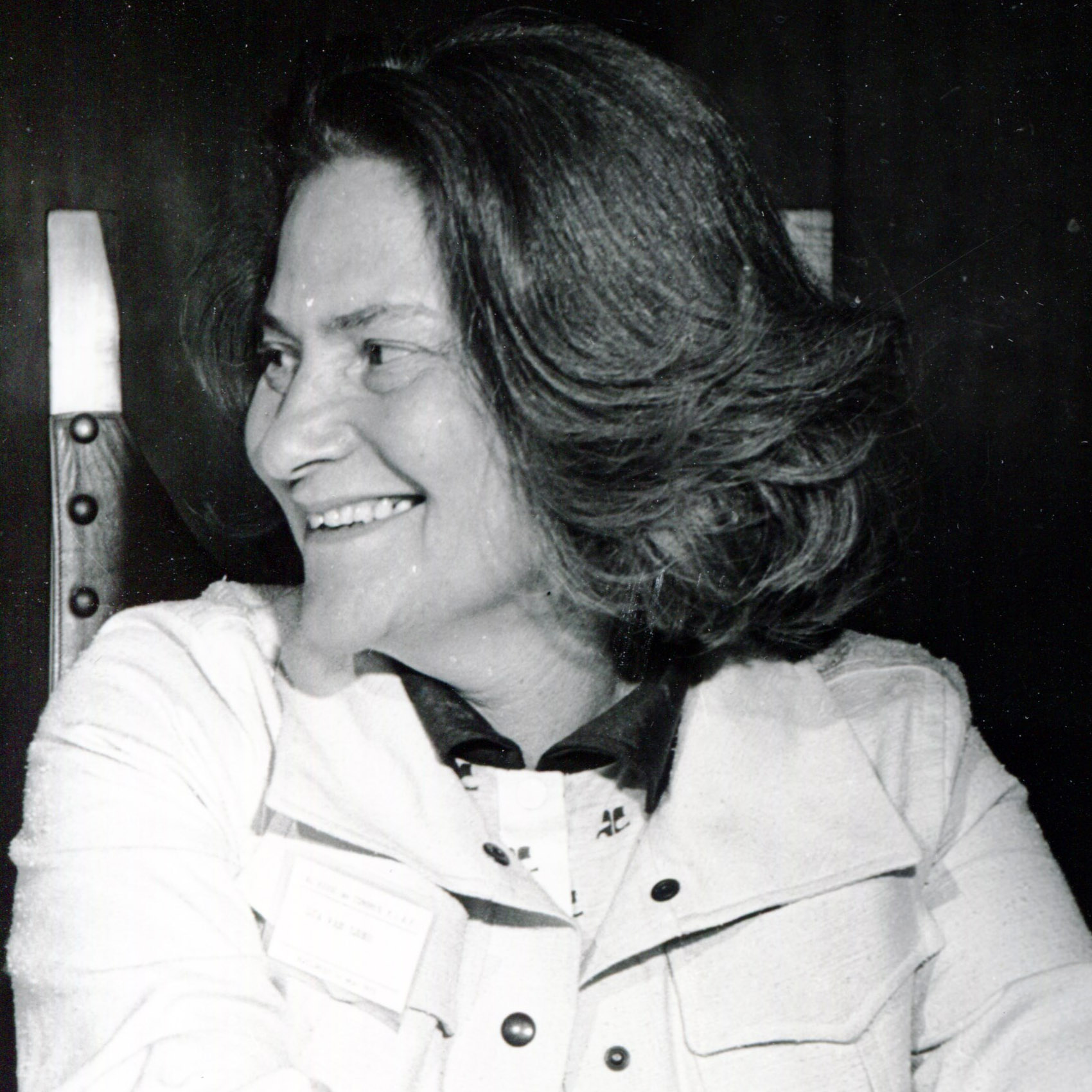
Lia van Leer, née Greenberg (1924-2015), was a pioneer in the fields of repertory film programming and film archiving in Israel, and an important figure of the international film archive movement. Born in Romania in 1924, she was sent by her parents to Palestine to visit relatives and never returned. In 1955, she and her husband Wim van Leer founded Israel's first film club in 1955 in Haifa. A few years later they founded the Israel Film Archive (still in Haifa), with Lia van Leer at its head. It was during her first FIAF Congress in Budapest in 1961 that the Israel Film Archive was admitted as a provisional member of FIAF. Two years later it obtained the status of full member.
A cinematheque, which opened in Jerusalem, was added to the institution in the 1970s. In 1981, the Film Archive and the Cinematheque were finally reunited under one roof in Jerusalem. As the director of the Israel Film Archive / Jerusalem Cinematheque, Lia van Leer continued to attend most FIAF Congresses until the early 2000s. Although she never occupied an official post in FIAF, she was a quietly influential member of the FIAF community. In 1996, she hosted the first FIAF Congress to be held in Jerusalem.
In 2004, she was awarded the Israel Prize – the most prestigious award given annually by the State of Israel - in 2004 for her life's work. She remained director of the Israel Film Archive / Jerusalem Cinematheque until 2008, but kept a close connection with the institution until her death in 2015.
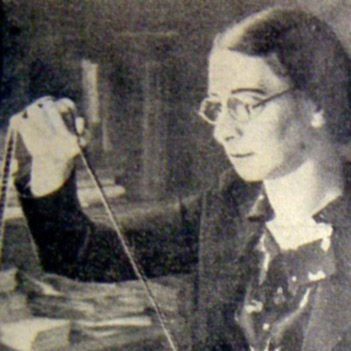
Olwen Vaughan was the daughter of a Unitarian minister from Liverpool, Reverend Hemming Vaughan himself a cinephile who founded several film societies in the 1930s. She was appointed as the British Film Institute's Secretary in April 1935. In that capacity (and because she spoke excellent French), she represented the BFI on the international stage (rather than the Curator Ernest Lindgren, the Curator of the BFI's National Film Library) until her resignation in 1945. She negotiated, with Henri Langlois, Iris Barry and John Abbott, and Frank Hensel, the foundation of FIAF in 1938, oversaw the setting-up of the FIAF Secretariat, and attended the first FIAF Congress in New York in July 1939, when she elected the Federation's Treasurer. After she left the BFI in 1945 she set up the New London Film Society, with prints for her programmes often provided by the Cinémathèque française and MoMA. Her close friendship with Barry and Langlois after the war, at a time when she was no longer a member of the FIAF community, put a strain on Ernest Lindgren's relationship with her (and with Langlois).
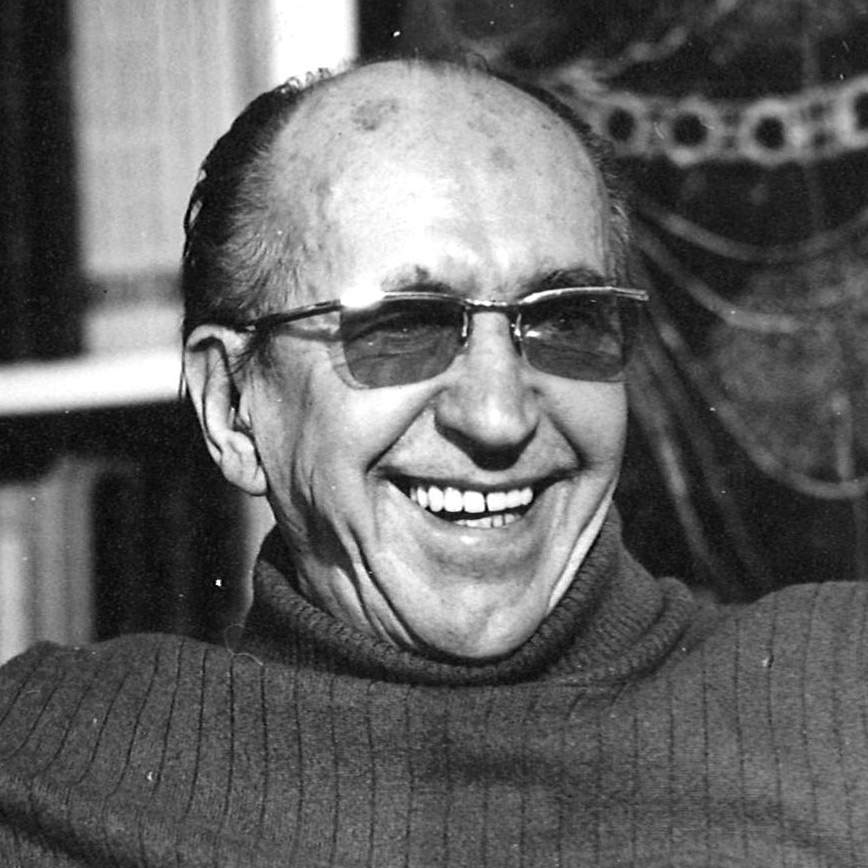
Herbert Volkmann was involved in the German resistance to Nazism before and during the war, then worked for the German administration of the zone of East Germany occupied by the Soviet Union, where he was in charge of the revitalization of film and theatre production. One of the founders of the East-German state studio DEFA in 1946 (and its economic director from 1954-58), Volkmann took over East Germany's film archive (Staatliches Filmarchiv der DDR) in 1958.
Under his direction, a hardly noticed storage place for old films soon developed into a film heritage institution of world fame. Between 1964 and 1967, he oversaw the building of a state-of-the-art conservation centre, which opened just in time to welcome the delegates of the 1967 FIAF Congress, hosted by the Staatliches Filmarchiv der DDR. He was succeeded as Director by his colleague Wolfgang Klaue in 1968, but he continued to work for the archive for a number of years.
Volkmann sat on the FIAF Executive Committee from 1959 to 1969, and was the first Head of the FIAF Preservation Commission (today Technical Commission) from 1961 to 1982. He wrote FIAF's first basic manual on film preservation, published in English in 1965 under the title of Film Preservation and two years later in French (La Conservation des films). He also oversaw the publication of the Preservation Commission's The Preservation and Restoration of Image and Sound in Films (1977), wrote the chapter on preservation in FIAF's Handbook for Film Archives (1980) and made a significant contribution to Preservation and Restoration of Moving Images and Sound, published by FIAF in 1986, three years after his death. He was elected FIAF Honorary Member during the 1968 Congress in London.
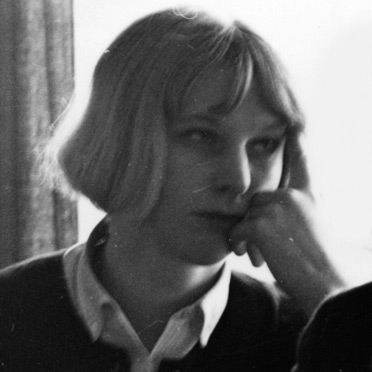
Anna-Lena Wibom joined the Svenska Filminstitutet (Swedish Film Institute) soon after its creation in 1963, and attended her first FIAF Congress in 1965 in Oslo. In her first decade at the SFI, she programmed the Institute’s cinematheque (Cinemateket), which moved to its permanant home at Filmhuset ("Film House") in 1971. In the late 1970s she became the SFI's Director (and from 1985 to 1993, its Artistic Director). Also for the SFI, she produced Andrei Tarkovski's Offret (The Sacrifice, 1986). She sat on the FIAF Executive Committee for twelve years (1981-93), serving as President (1985-89), Vice-President (1989-91), and Treasurer (1991-93).
